一. What’s machine learning
Machine Learning is the science of gettingcomputers to act without being explicitly programmed --- Andrew Ng
Machine learning is a technique of data science that helps computers learn from existing data in order to forecast future behaviors, outcomes, and trends. --- Microsoft

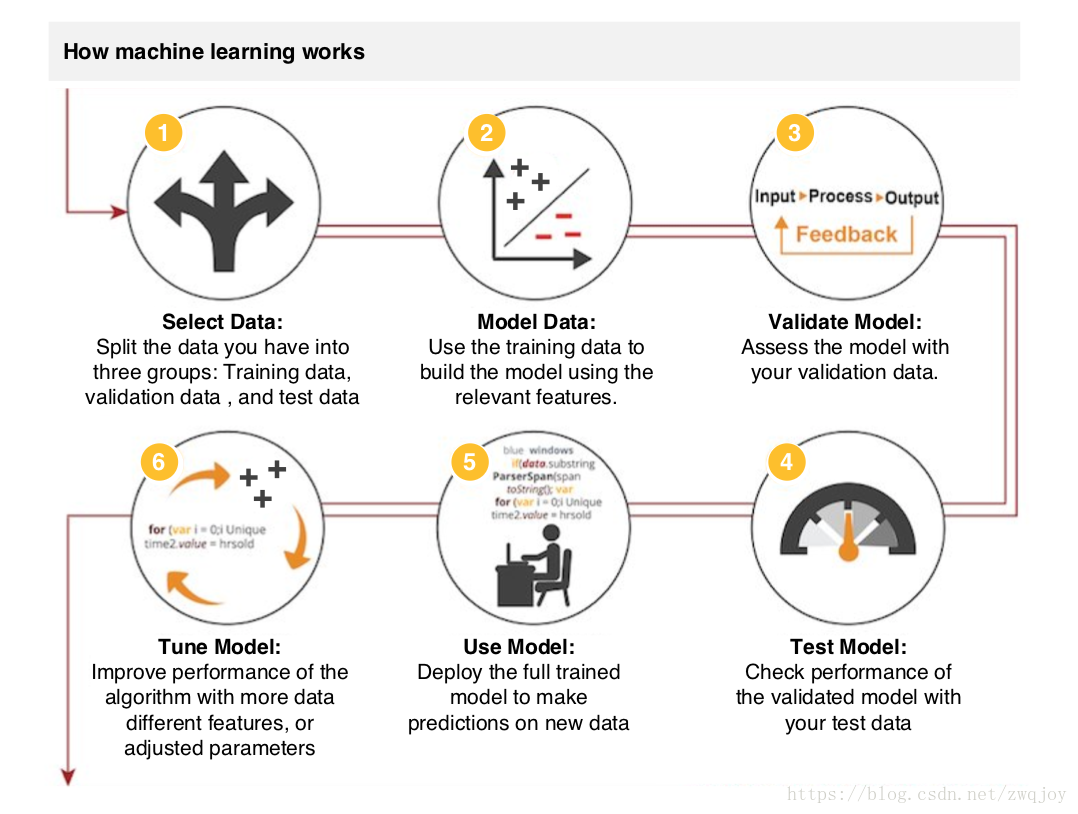
二. The difference between traditional approach and Machine Learning
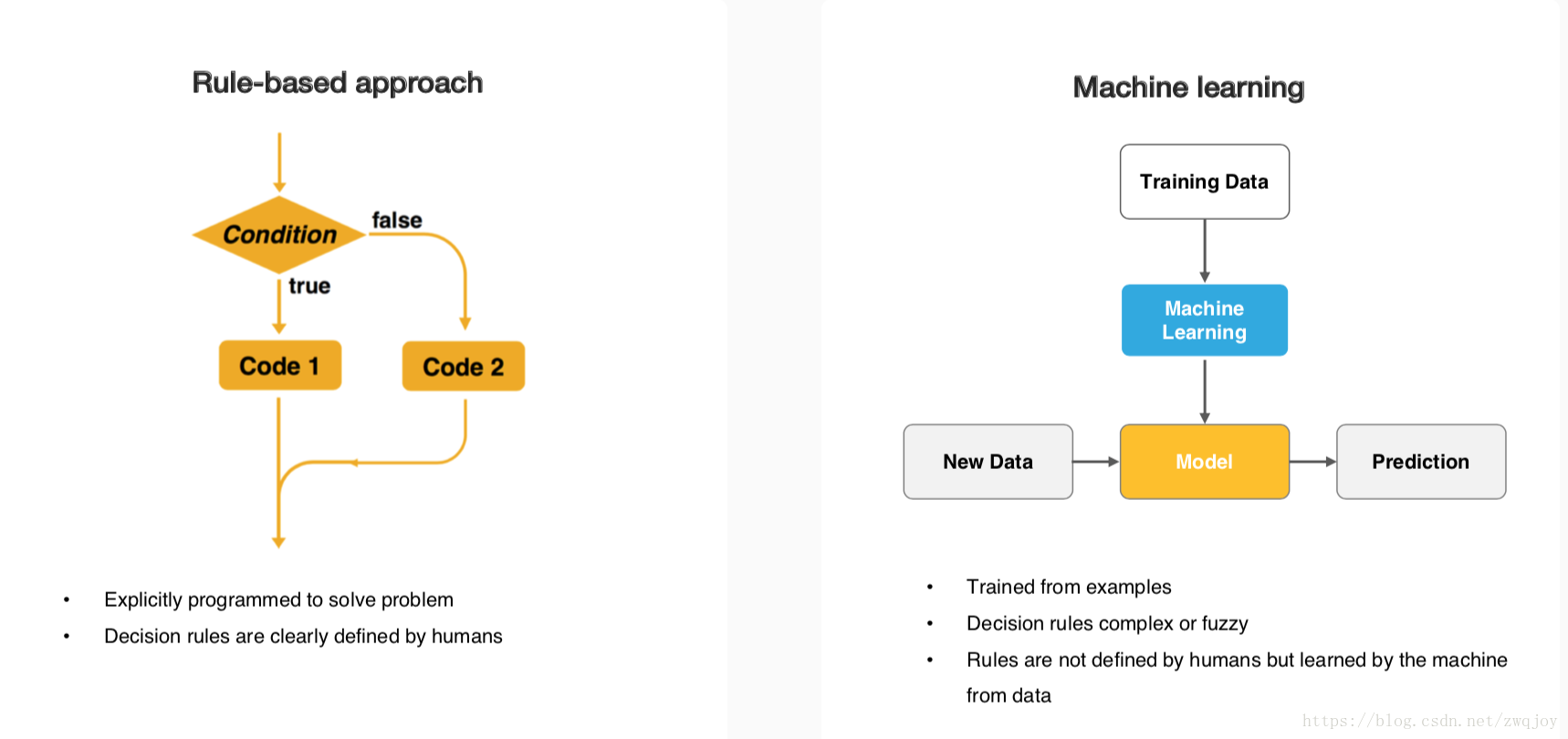
From business problem to Machine learning problem: a Recipe
Step-by-step “recipe” for qualifying a business problem as a machine learning problem
- Do you need machine learning?
- Can you formulate your problem clearly?
- Do you have sufficient examples?
- Does your problem have a regular pattern?
- Can you find meaningful representations of your data?
- How do you define success?
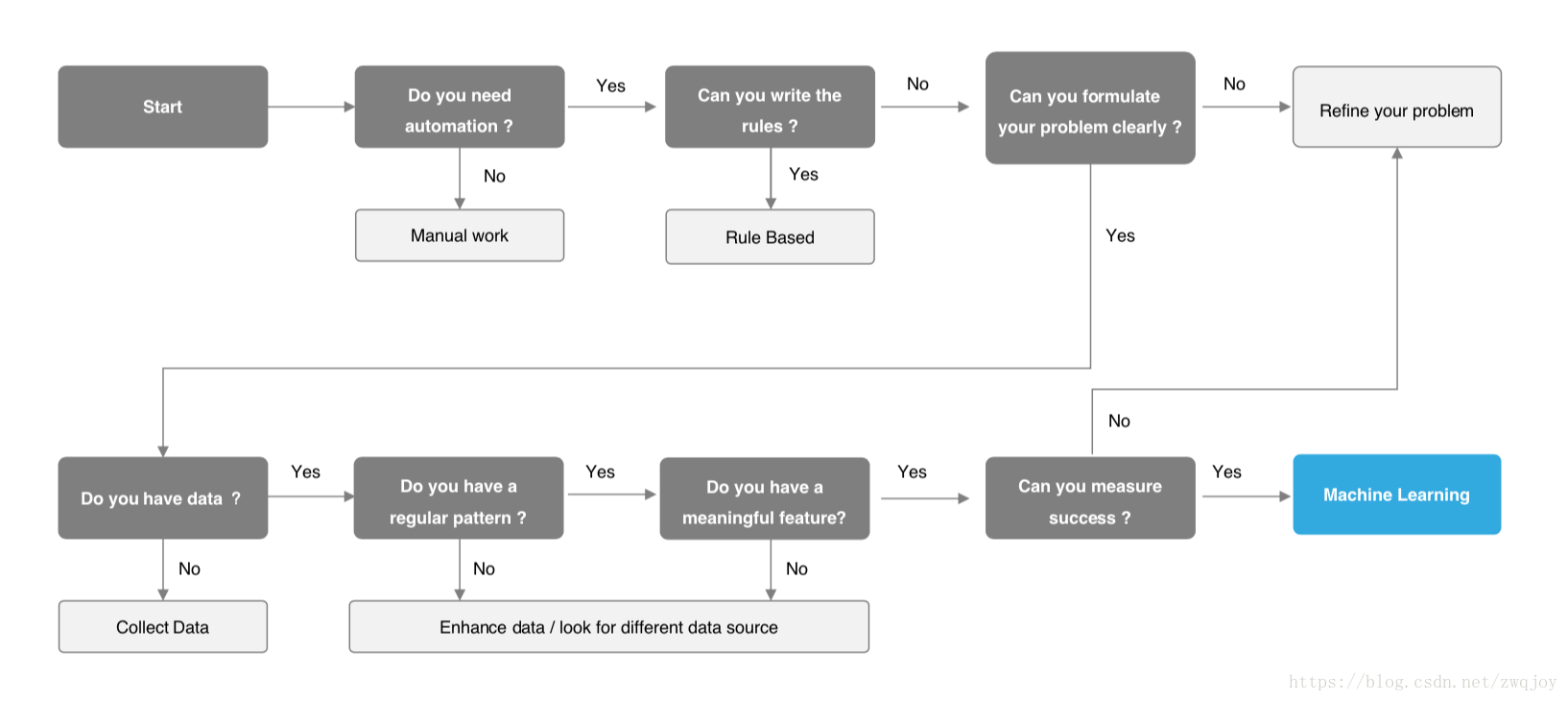
三. How to create machine learning models
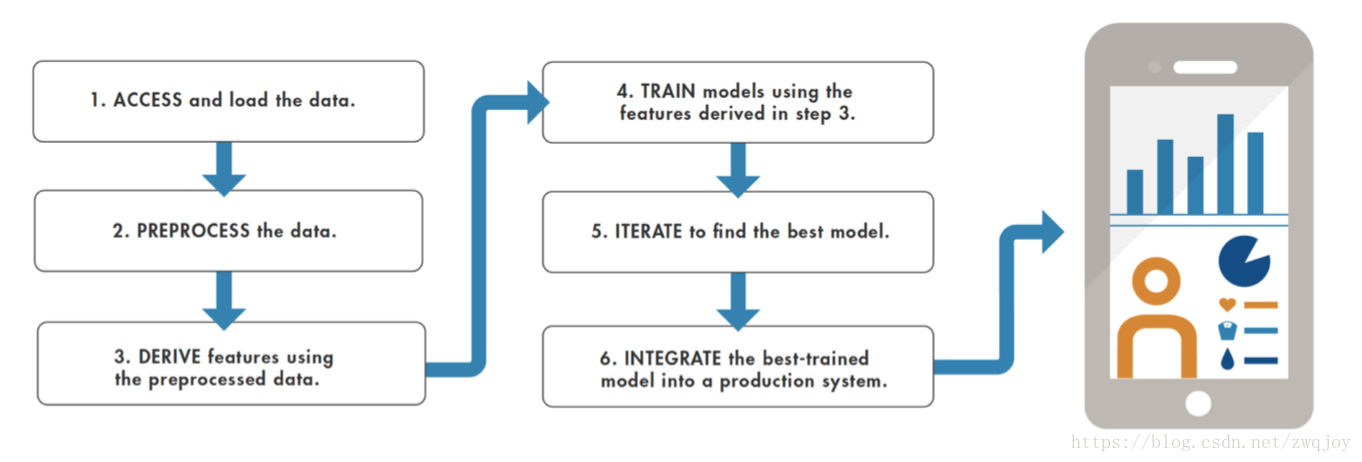
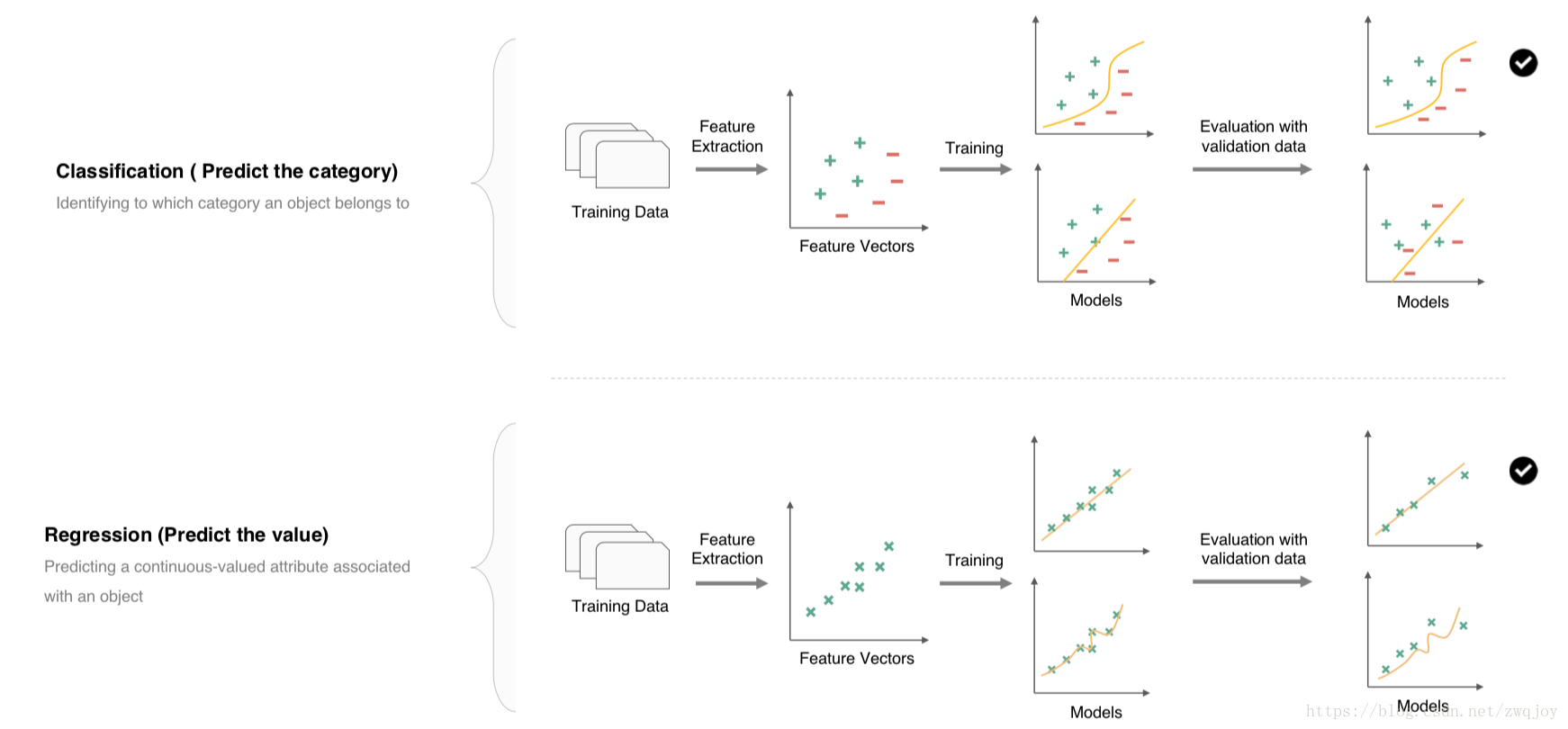
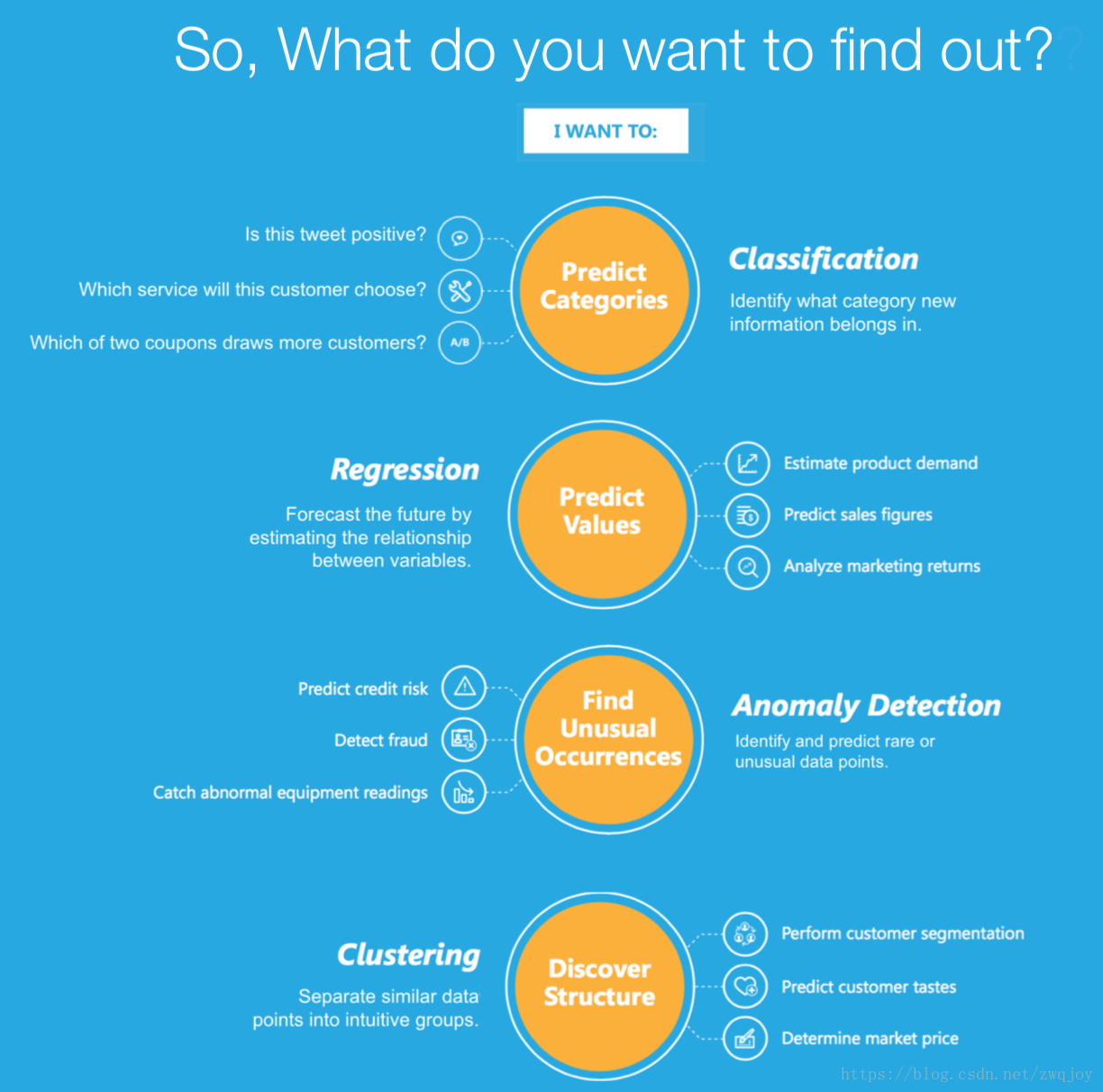
四. The Core --- Data
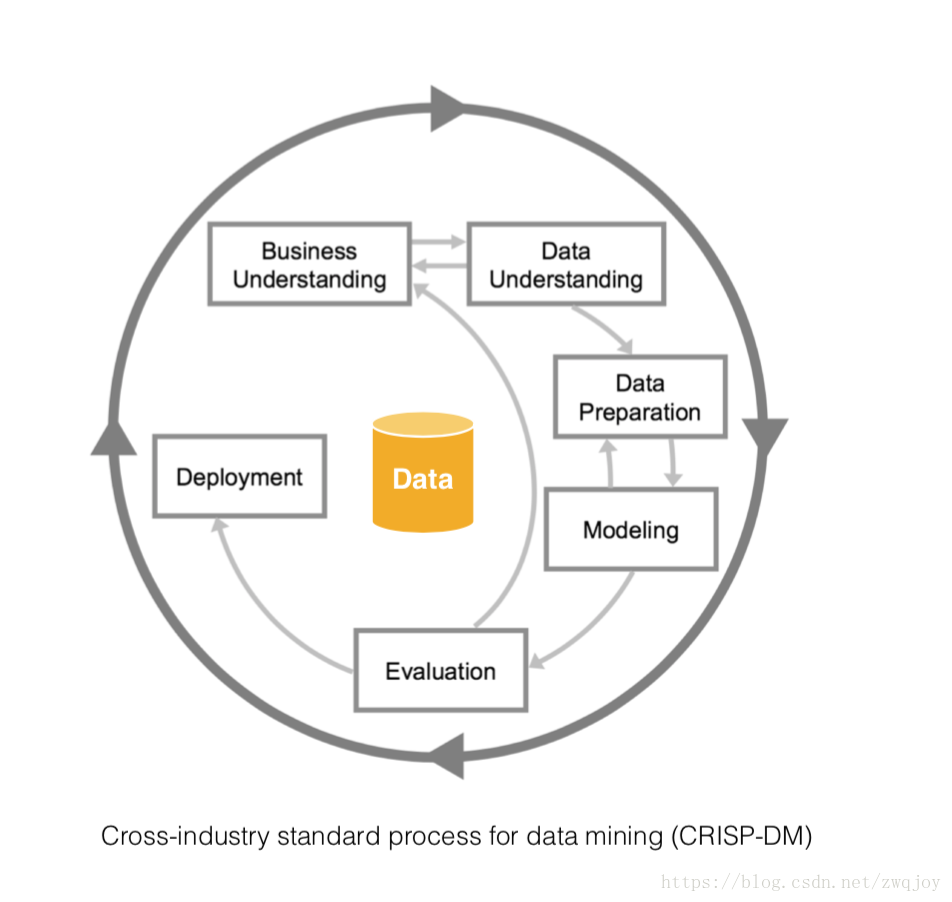
Data understanding
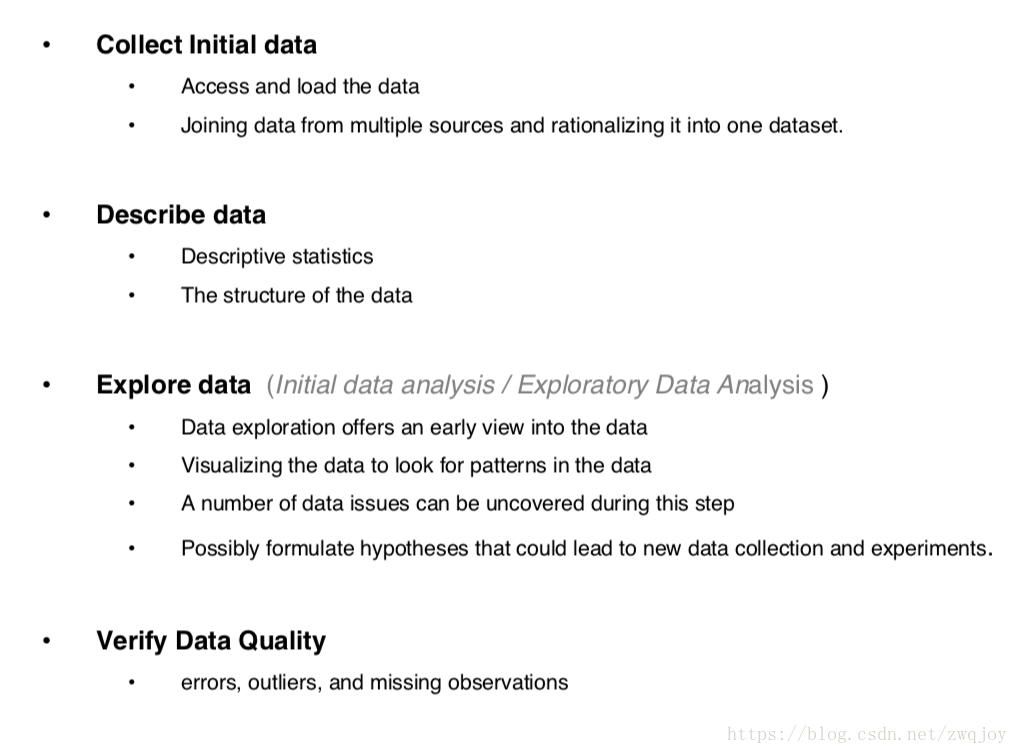
Data Preparation
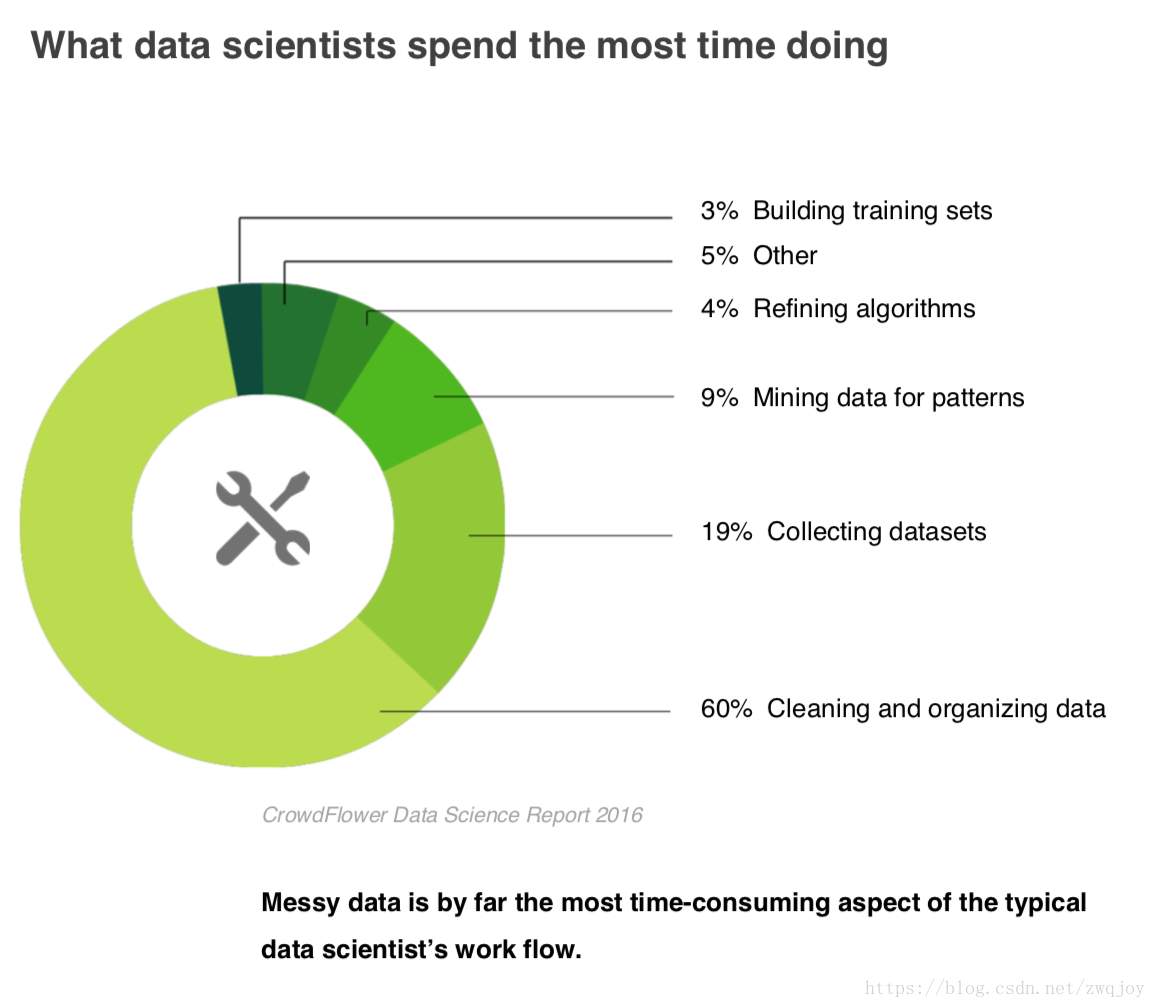
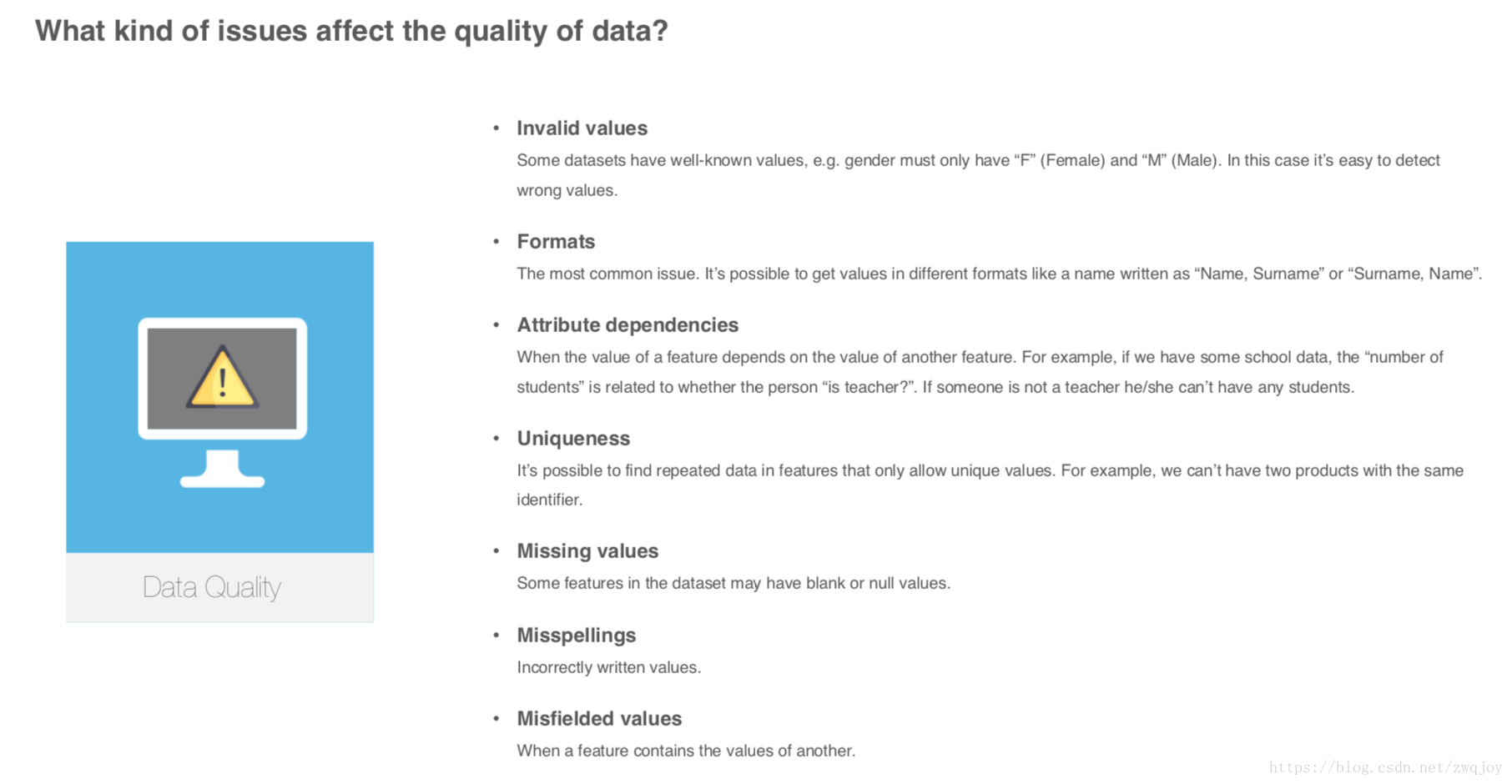

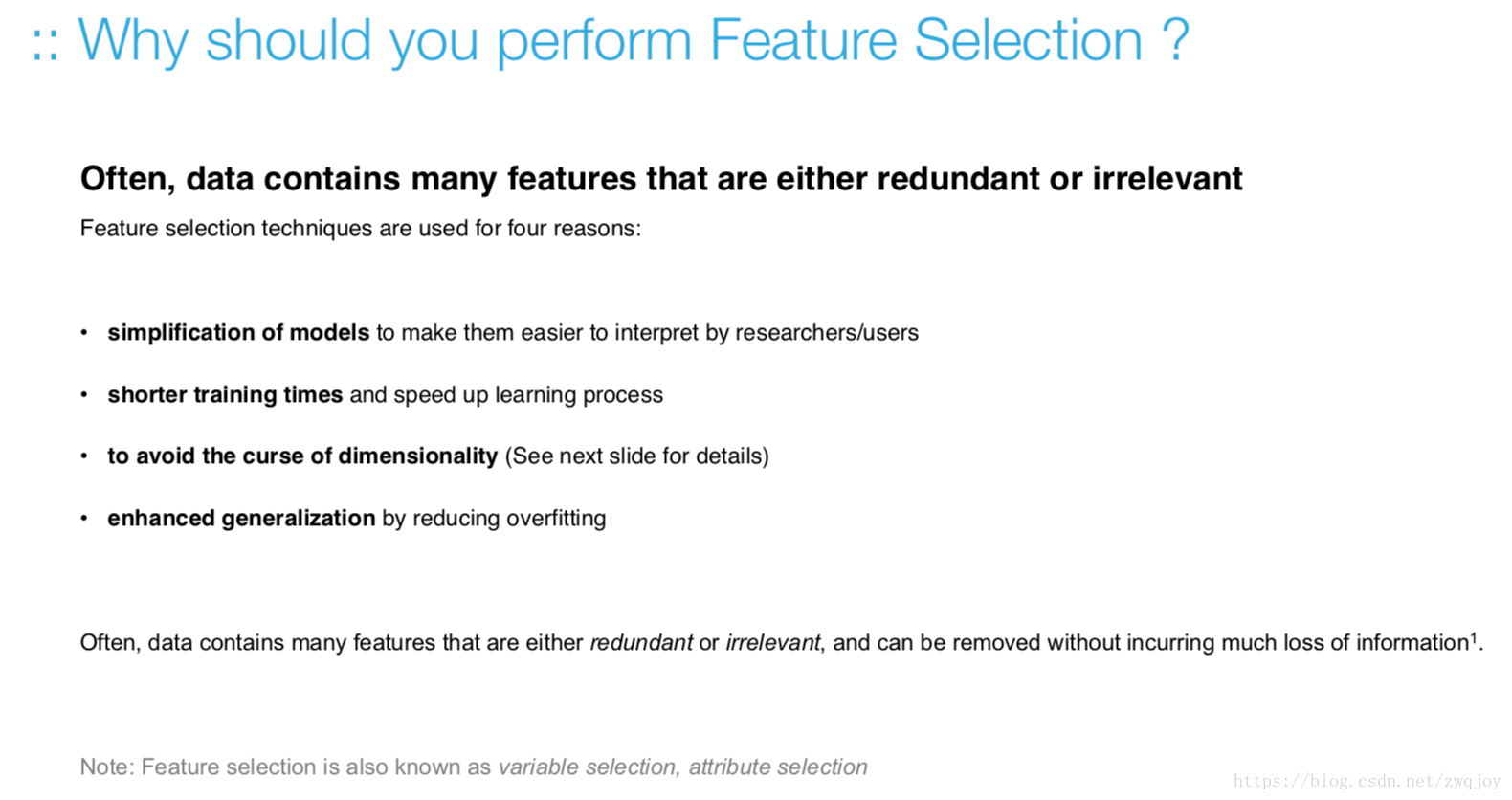
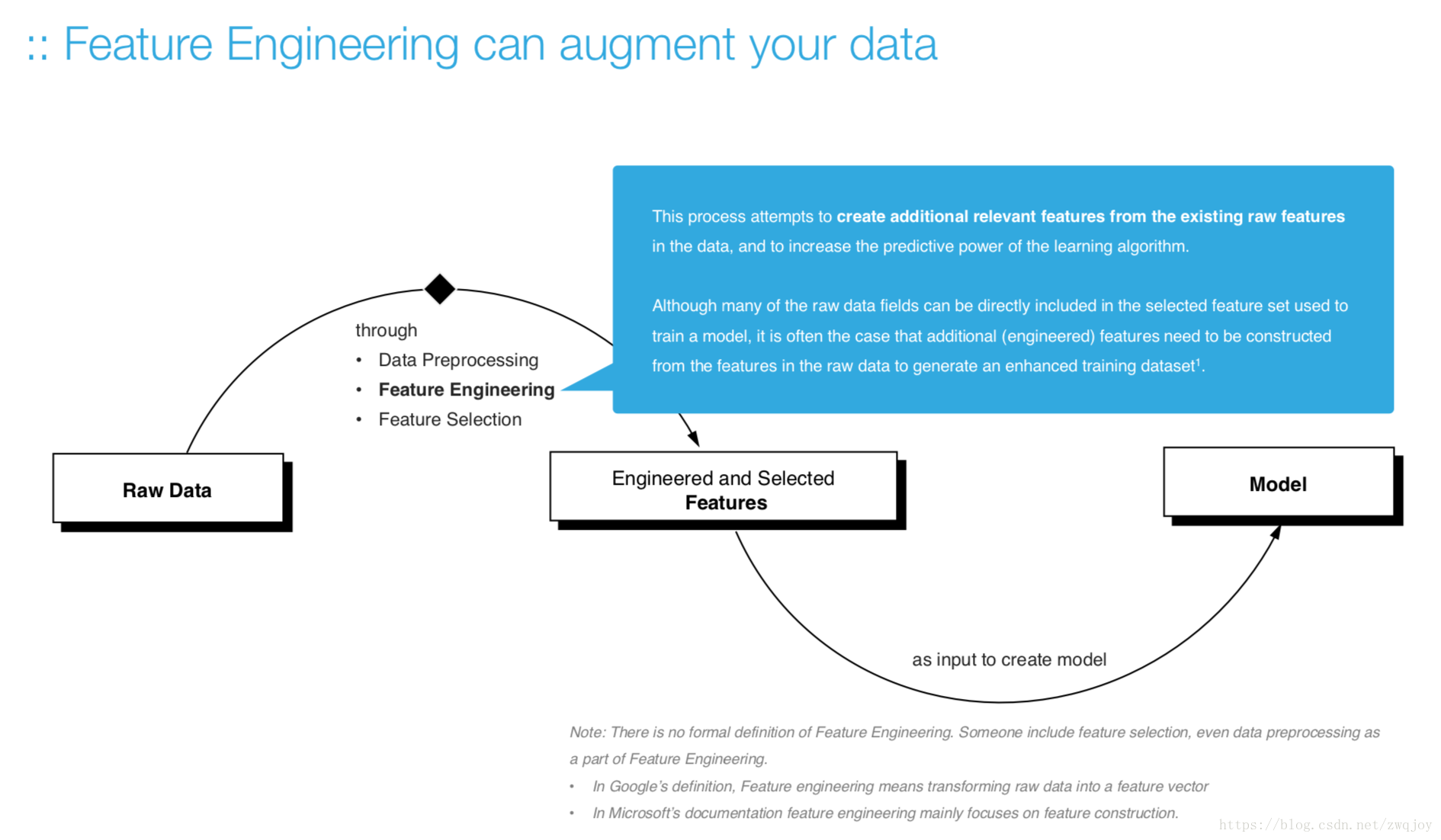
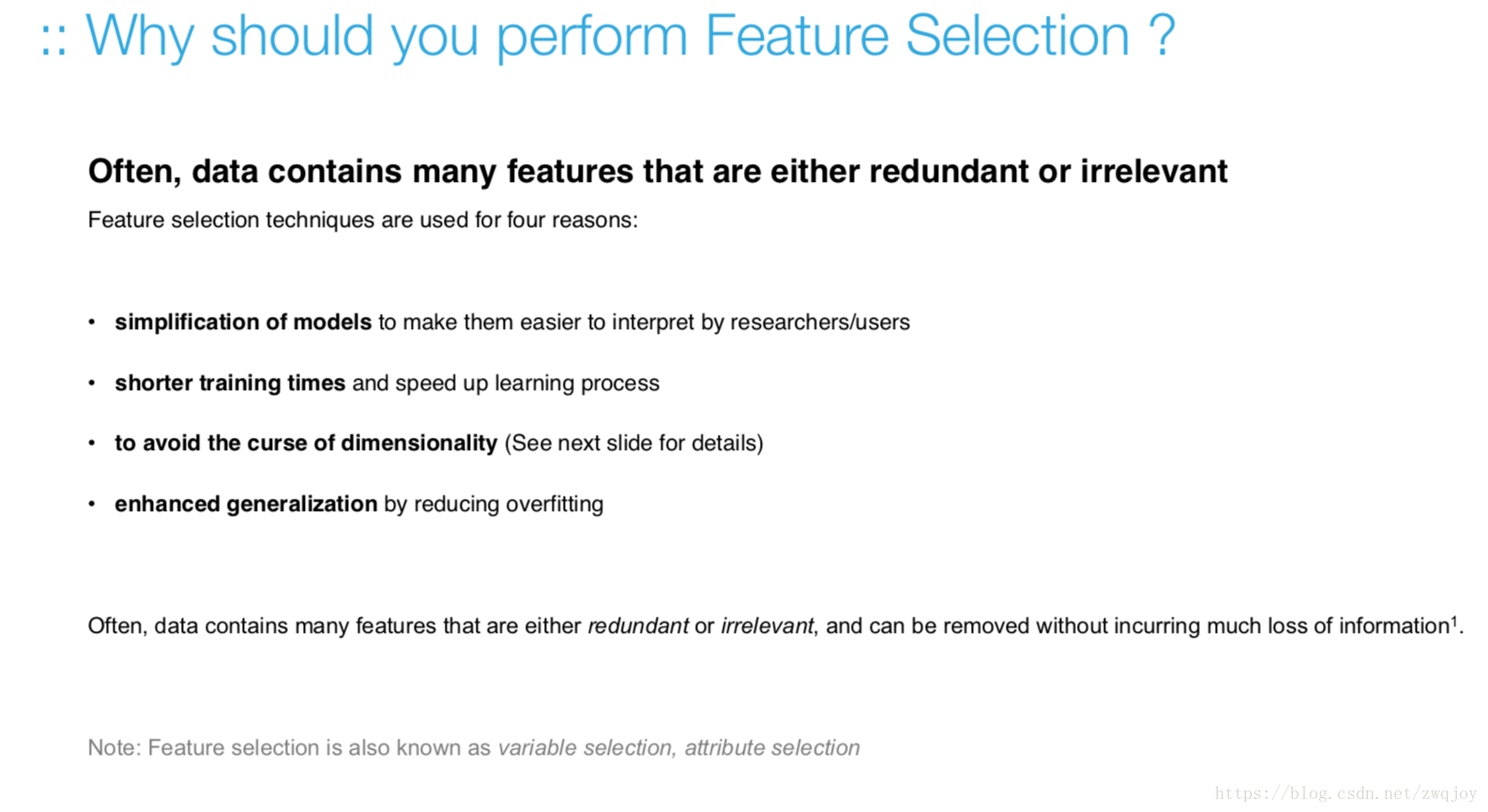
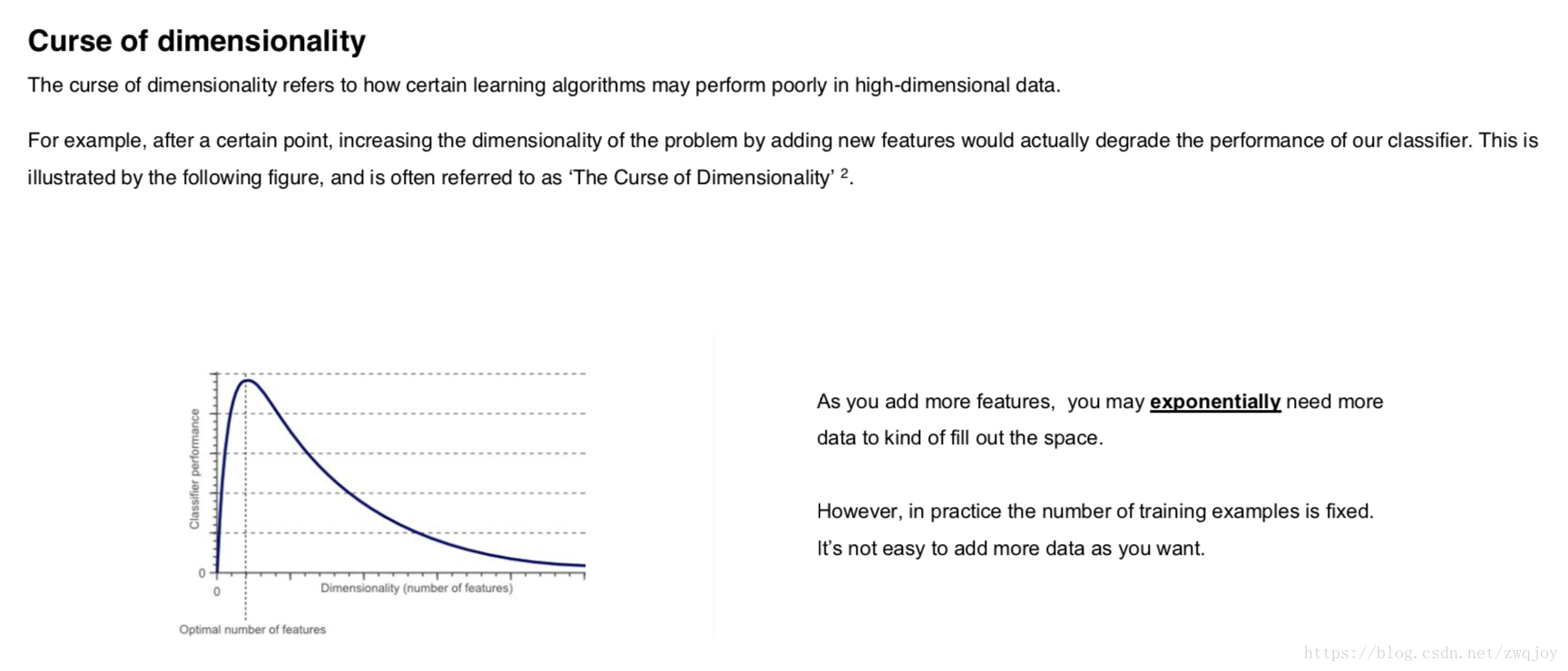
Approaches for Feature Selection
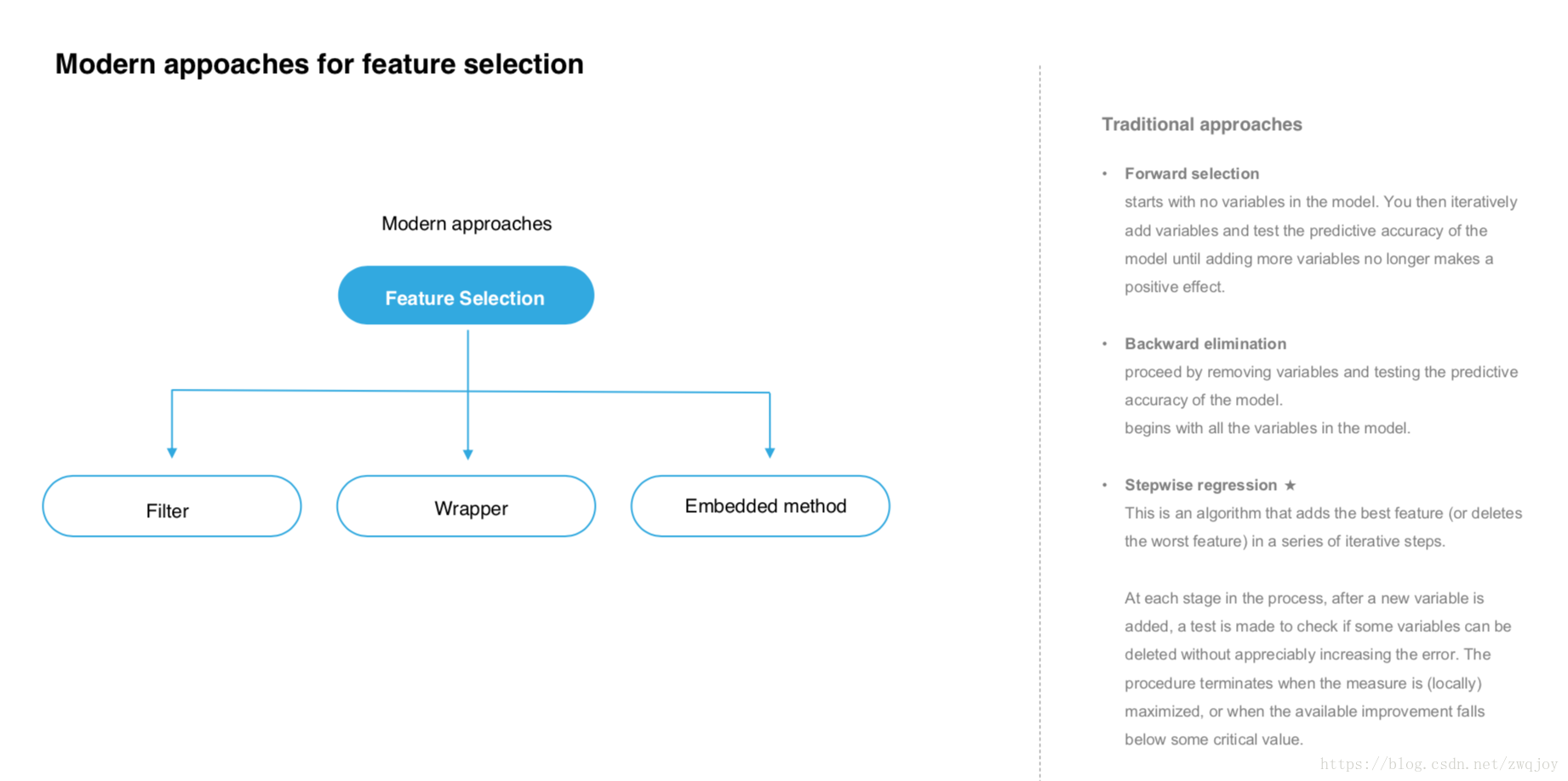
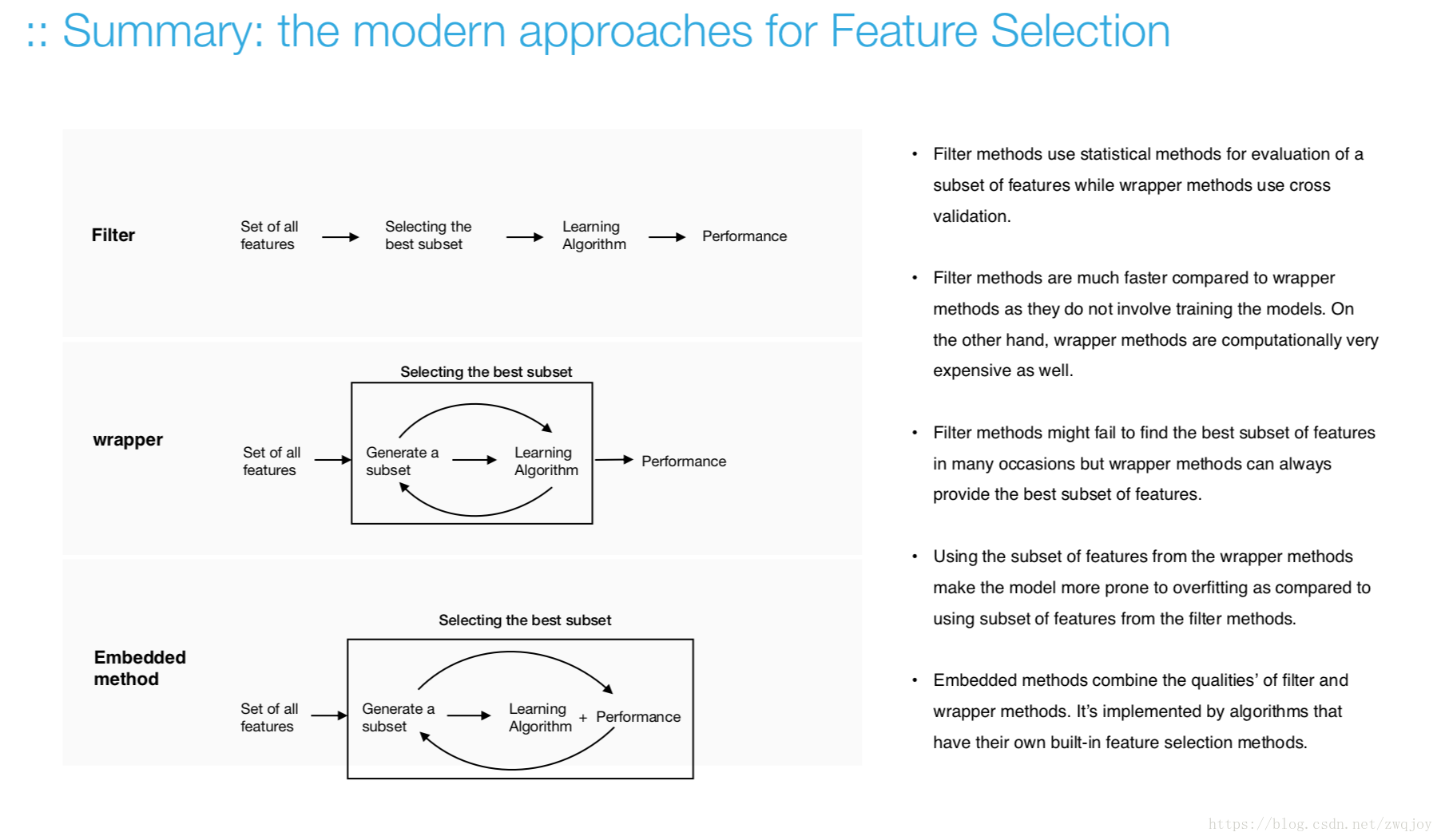
五. Modelling
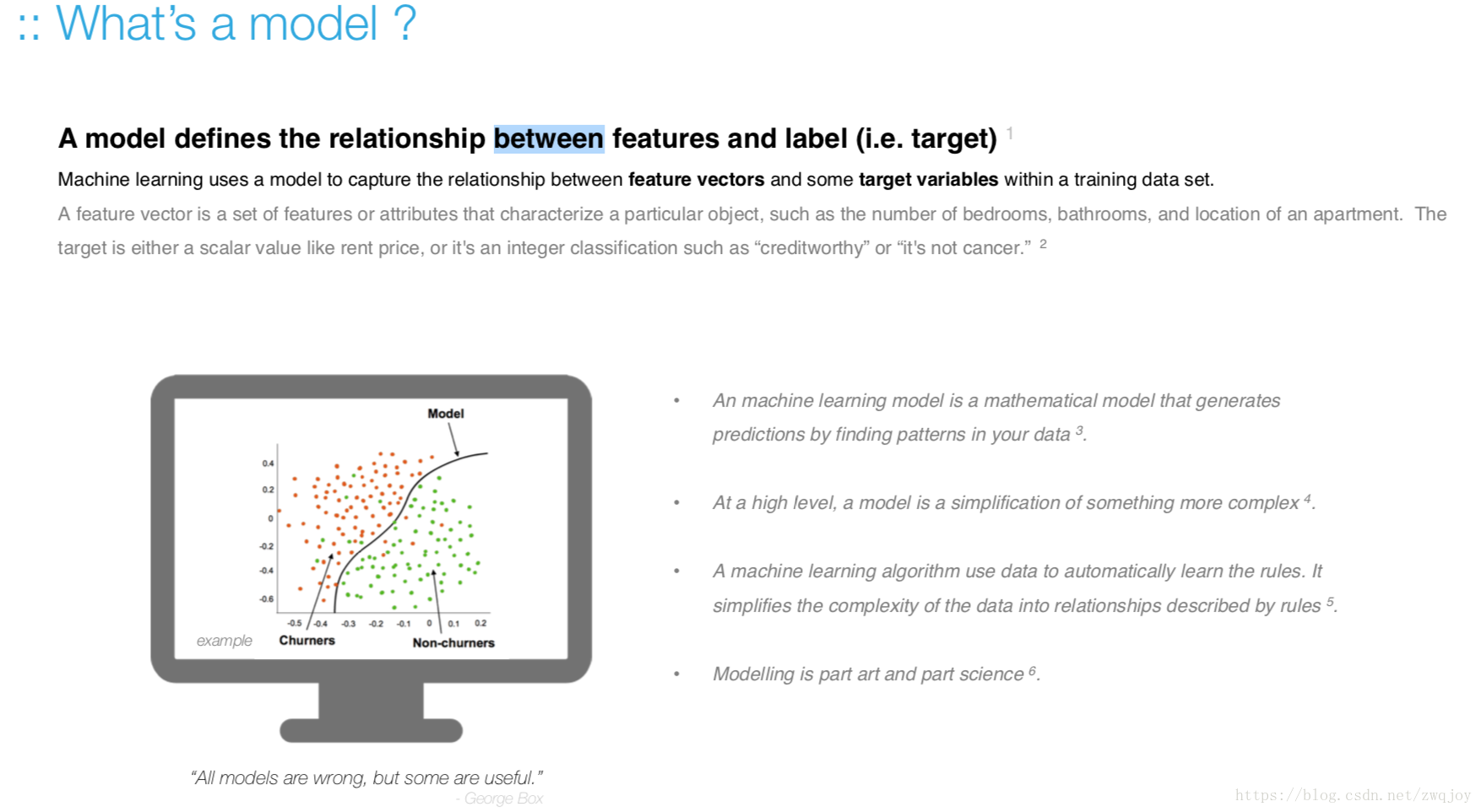
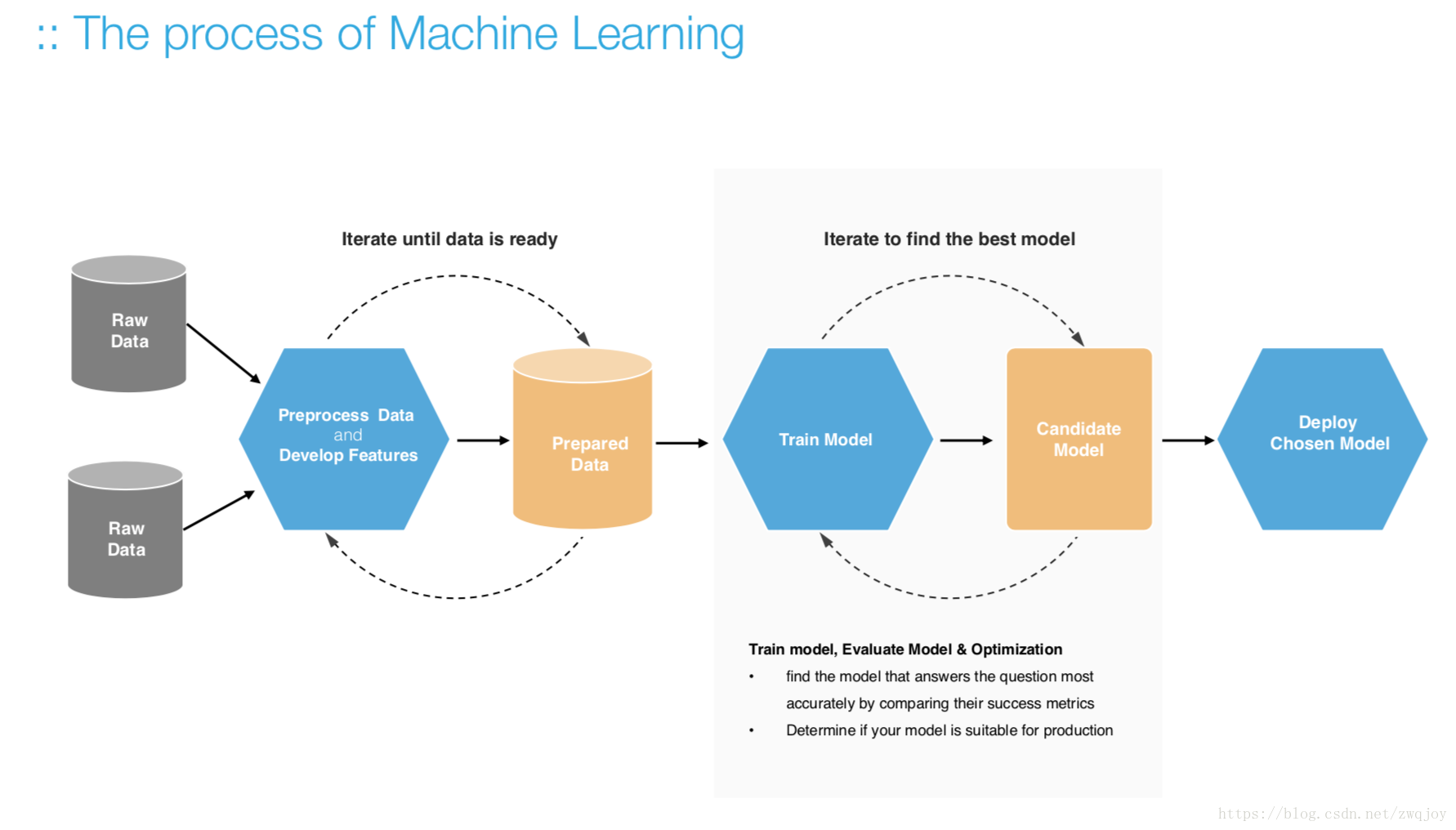
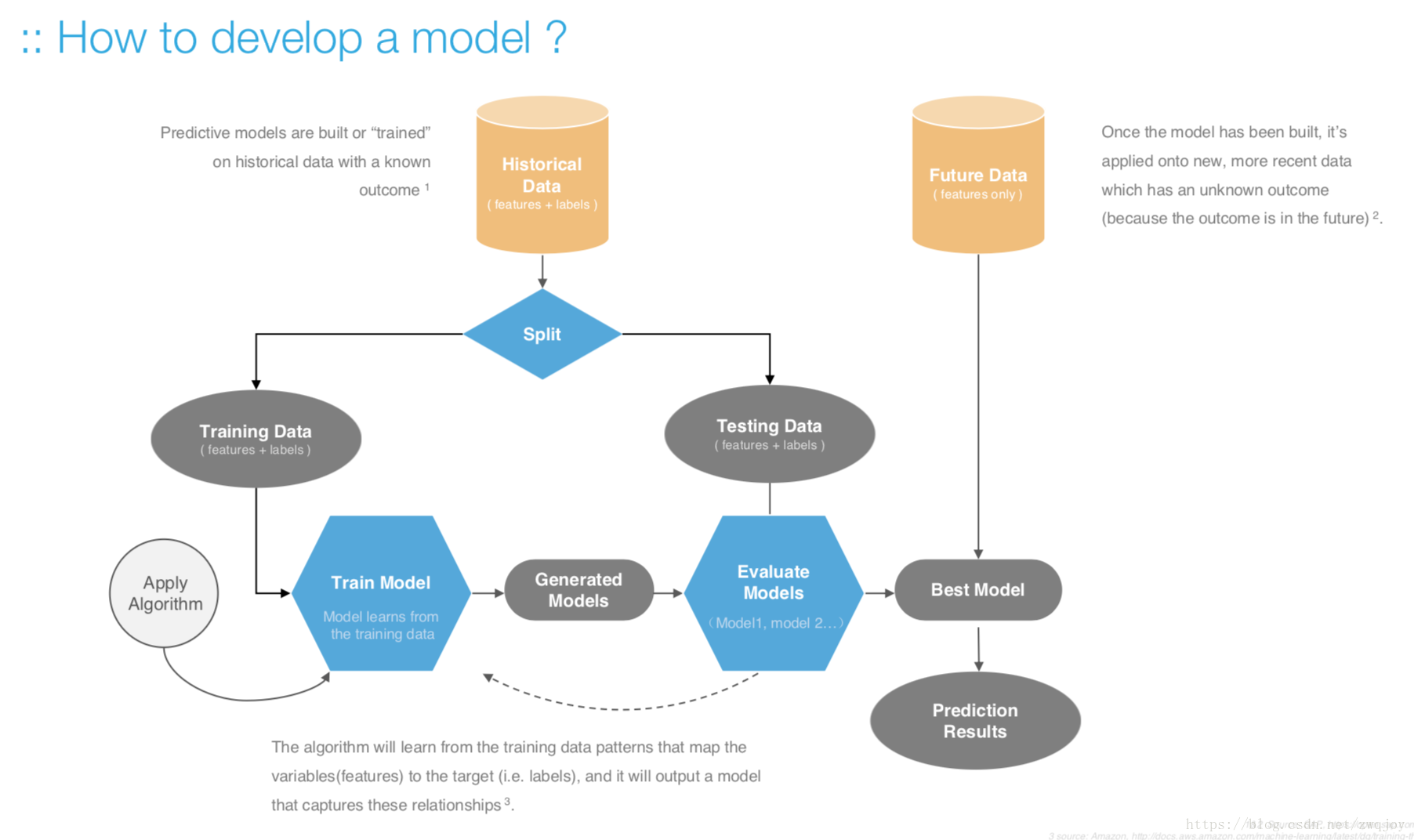
Train the model
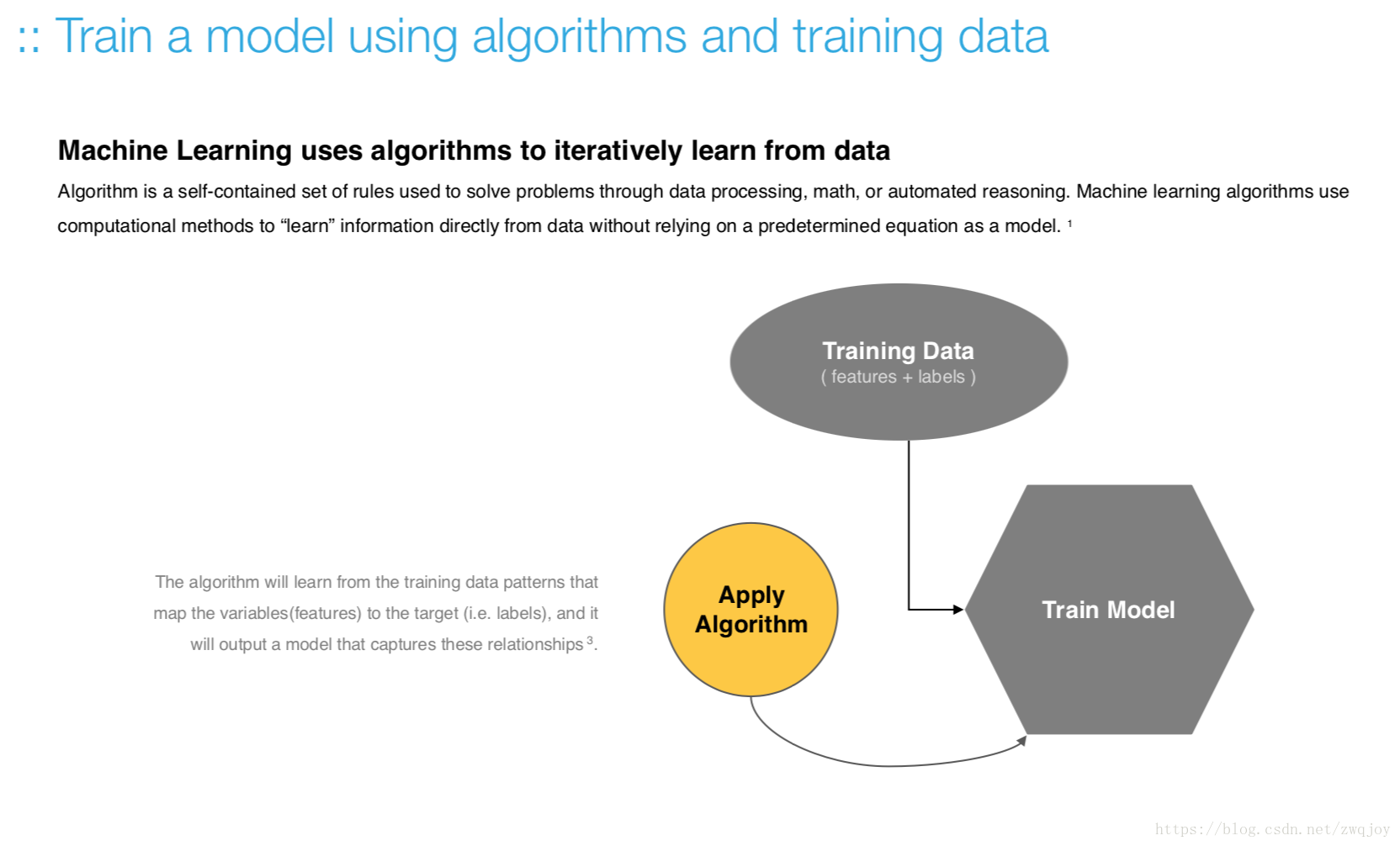
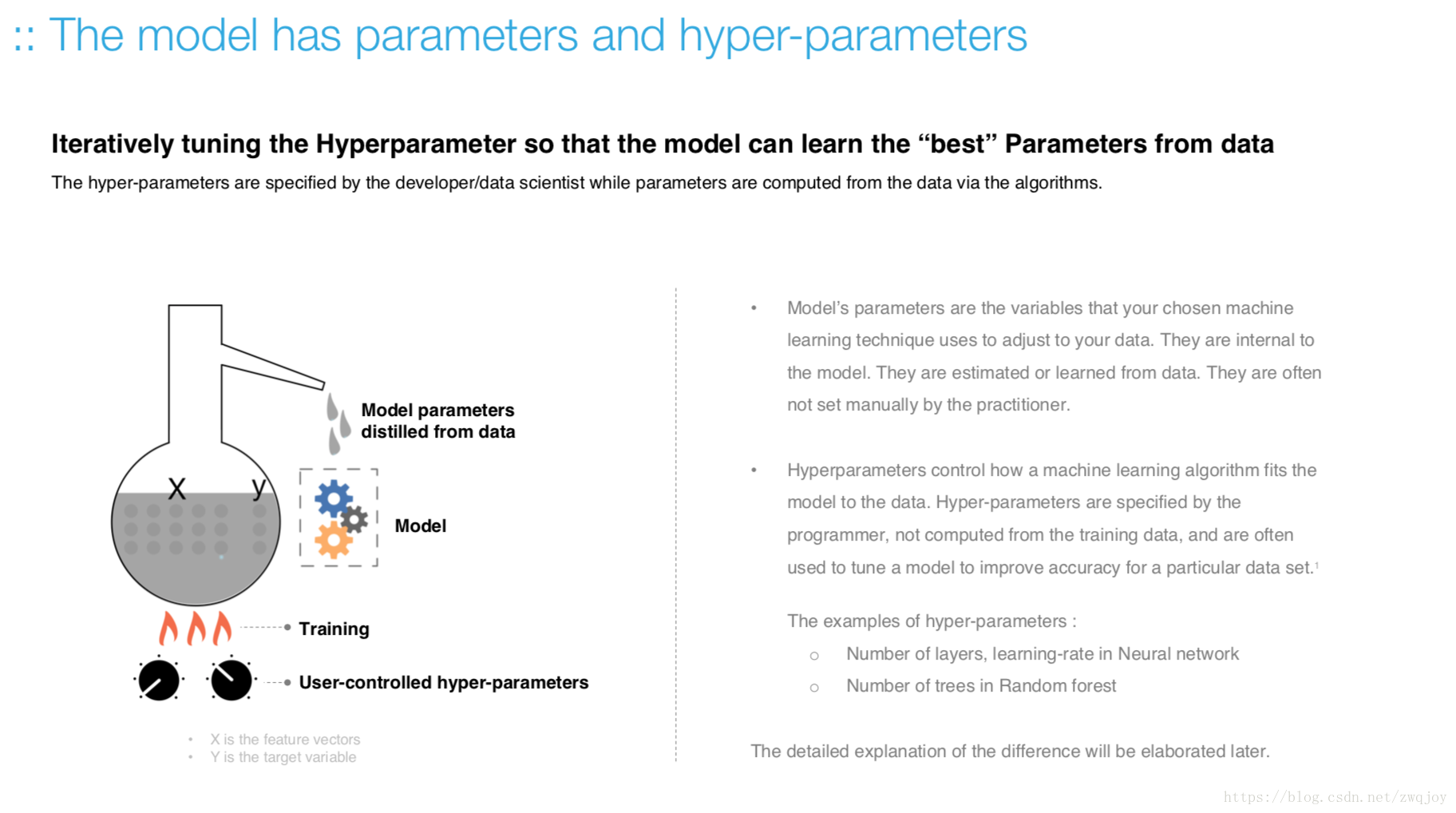
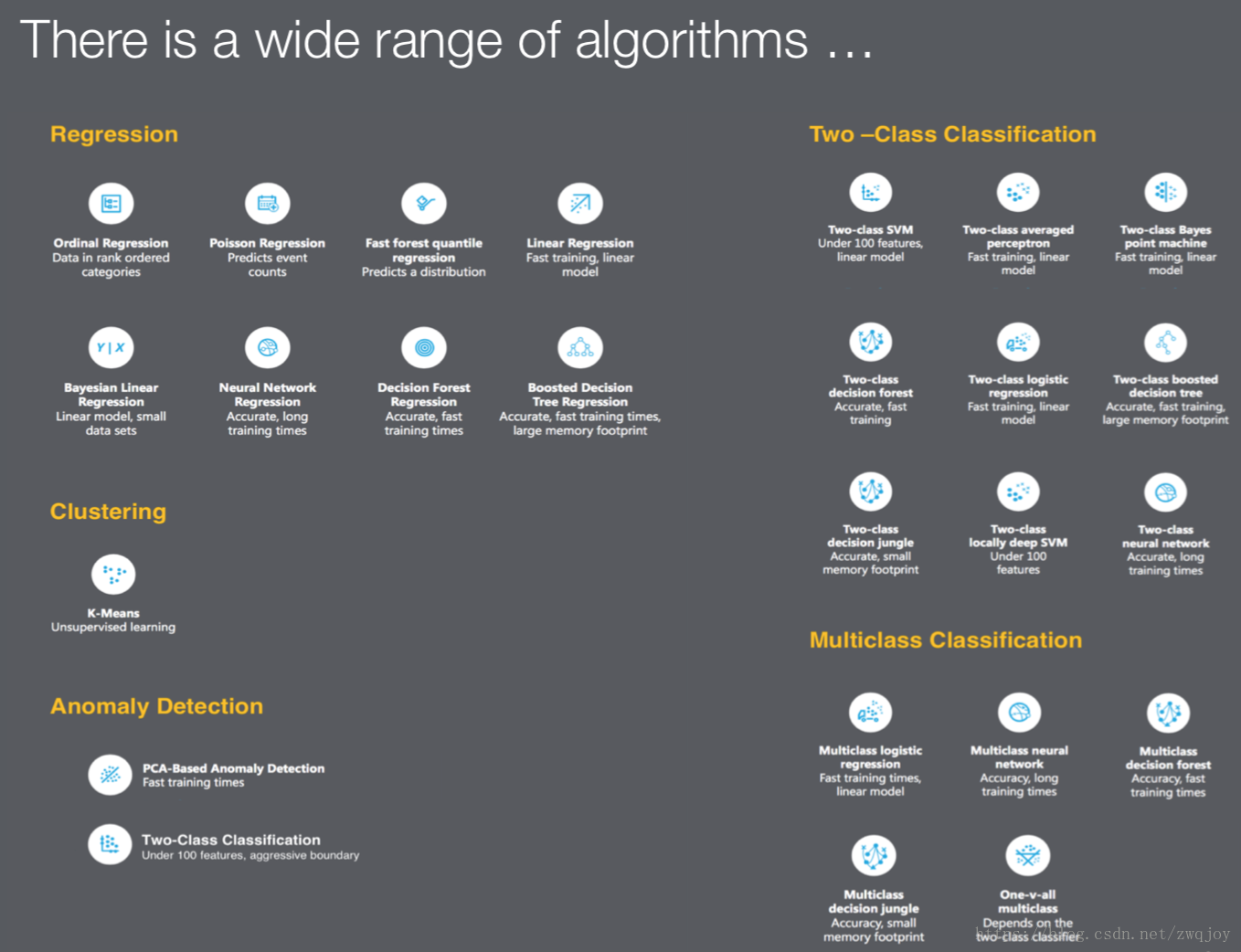

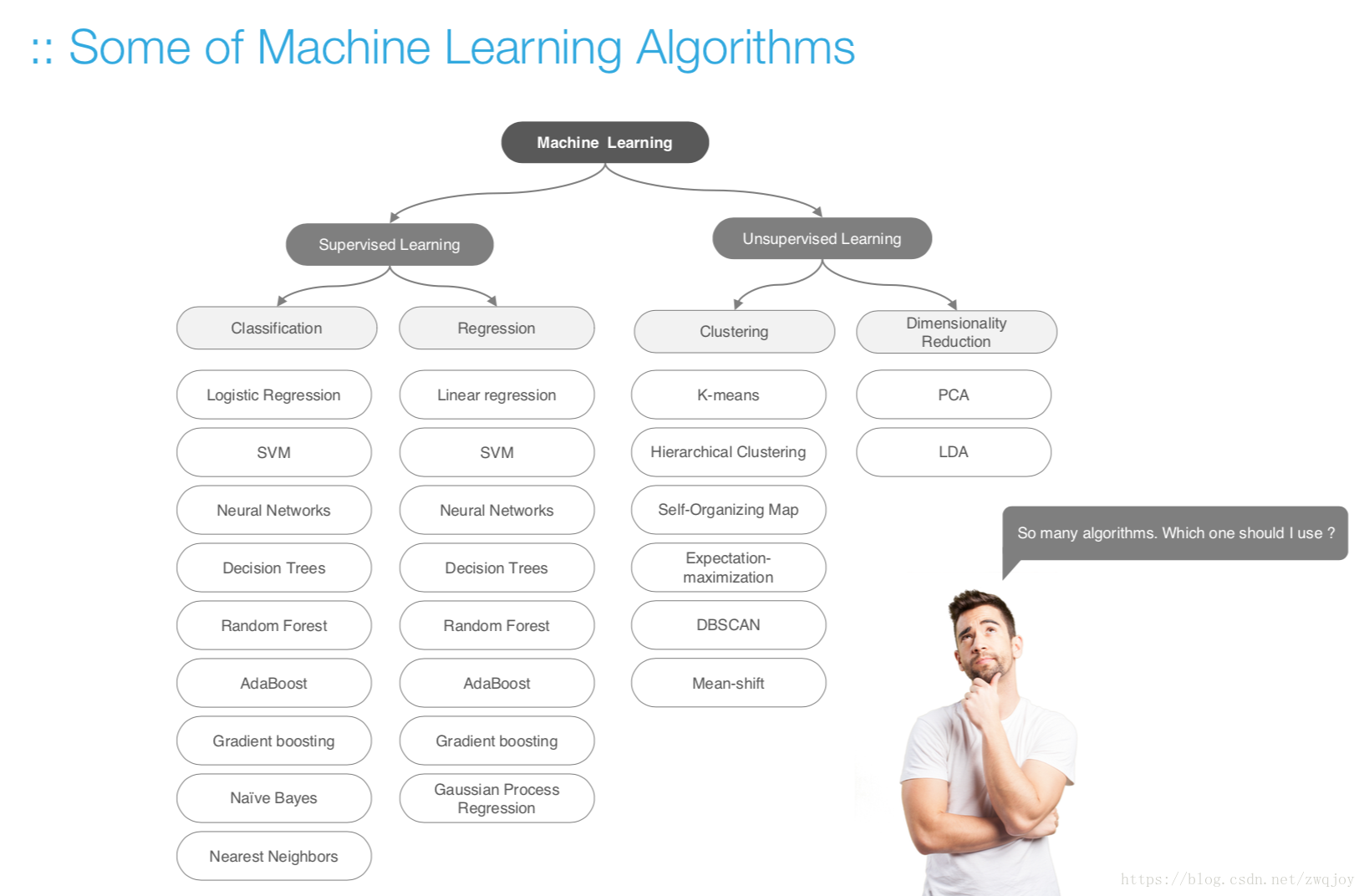
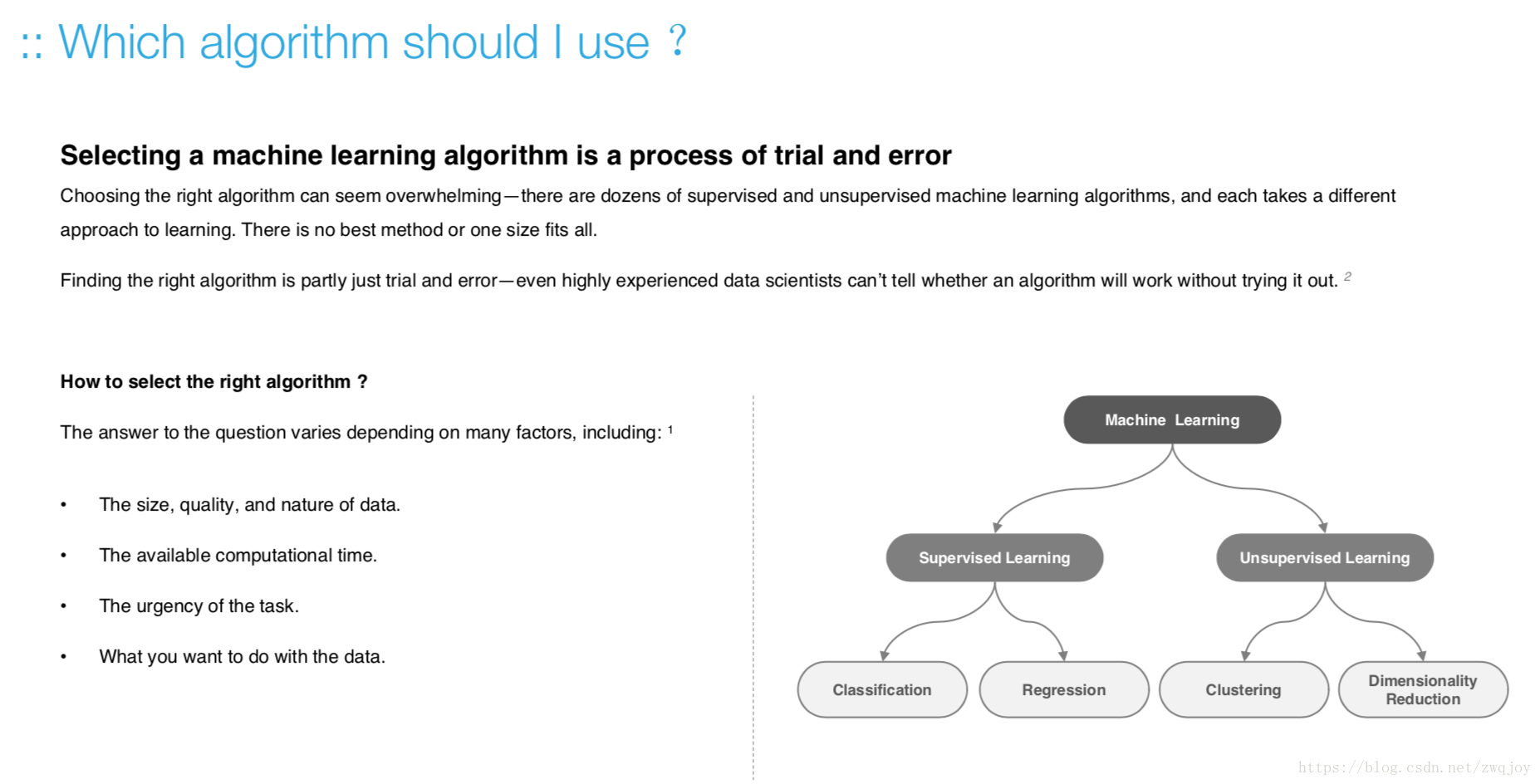
六. Model Evaluation
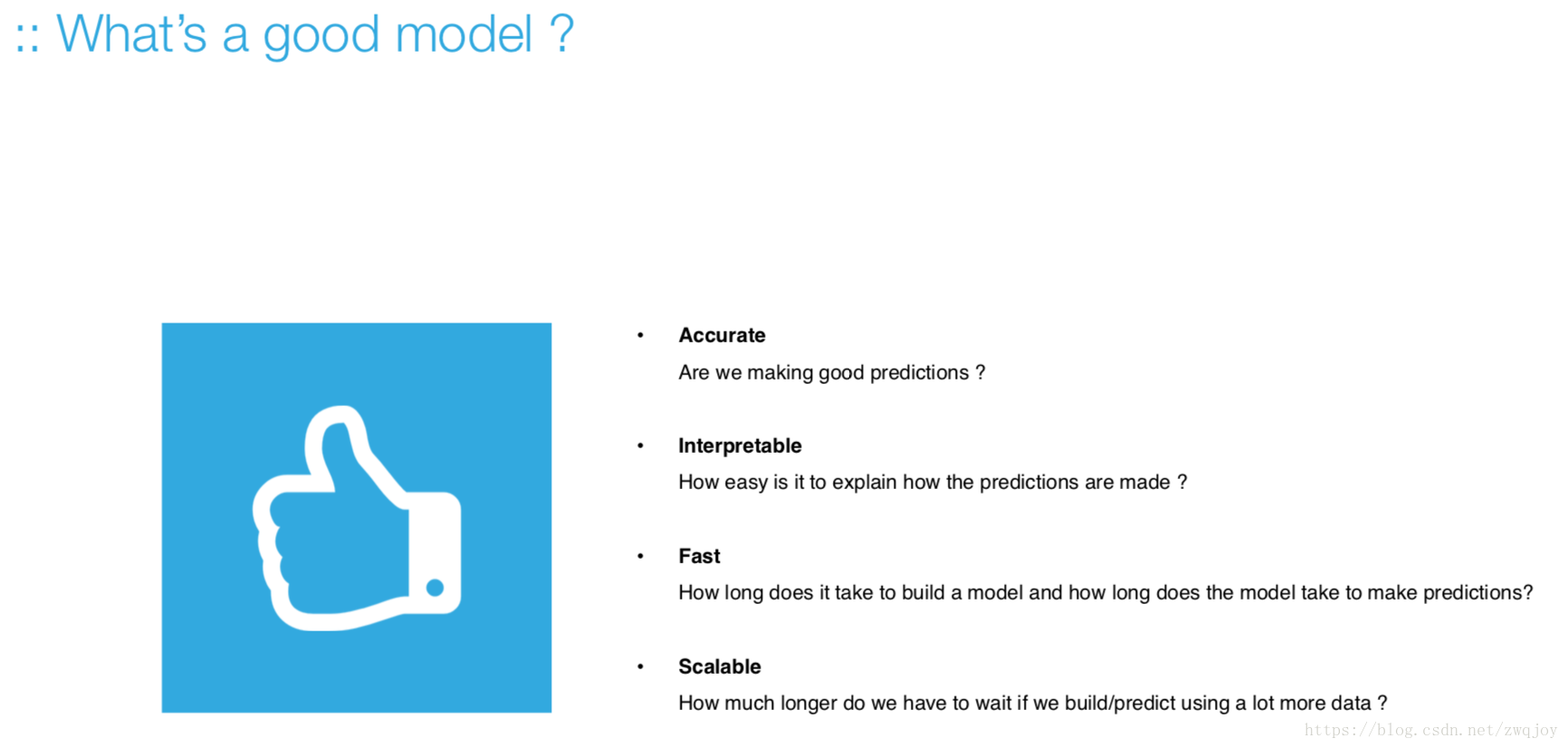

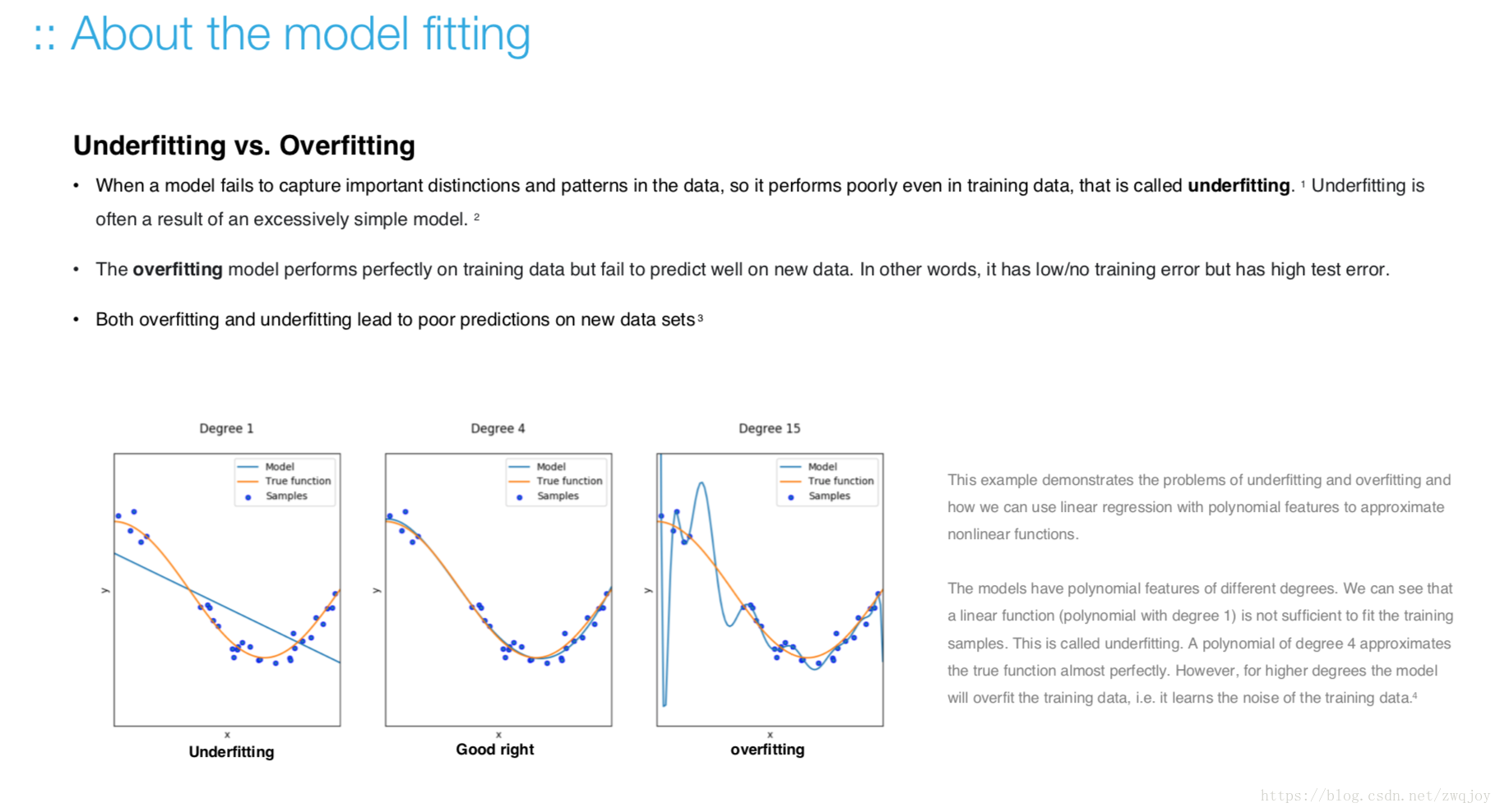
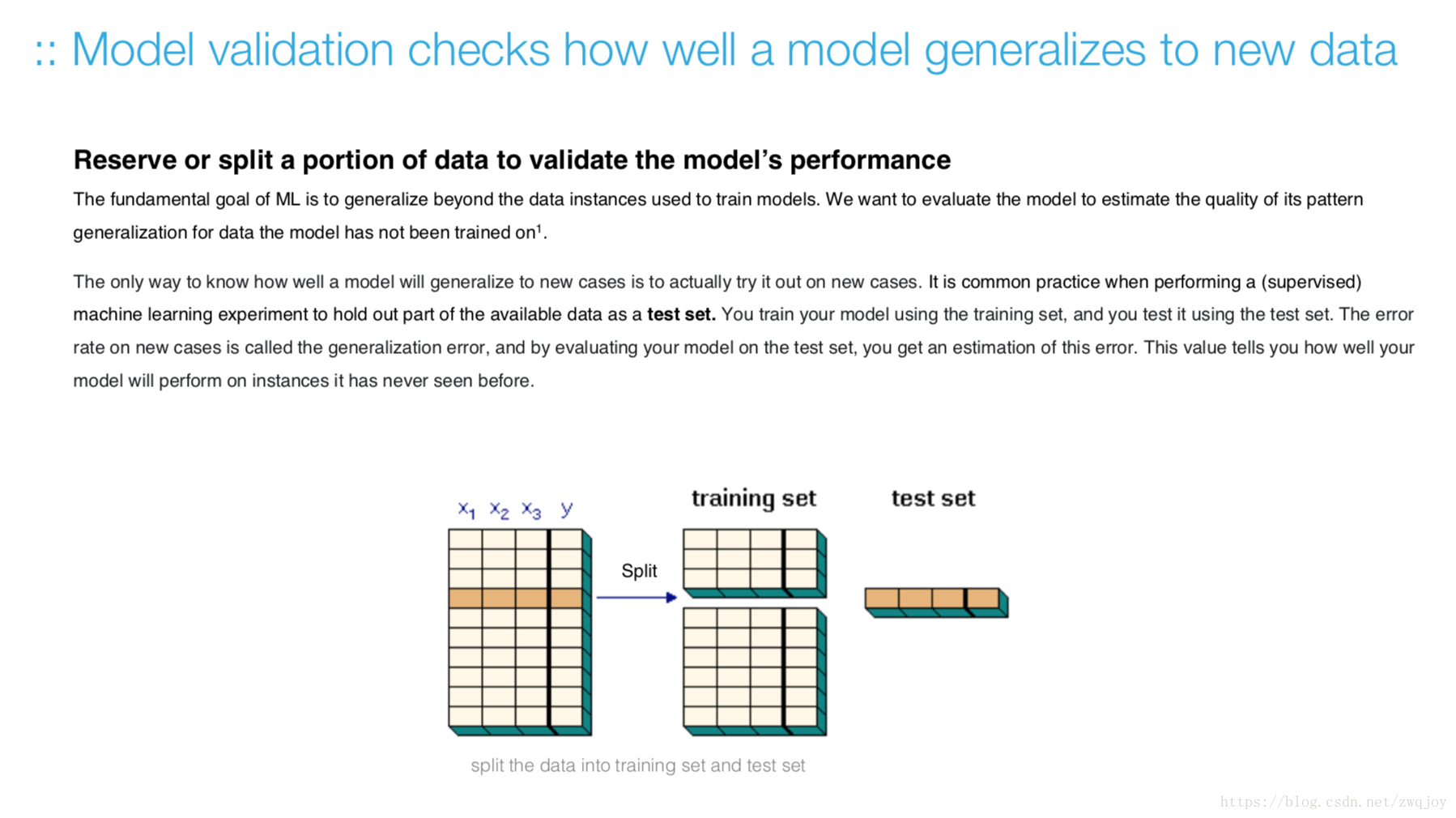
Hold-out validation strategy
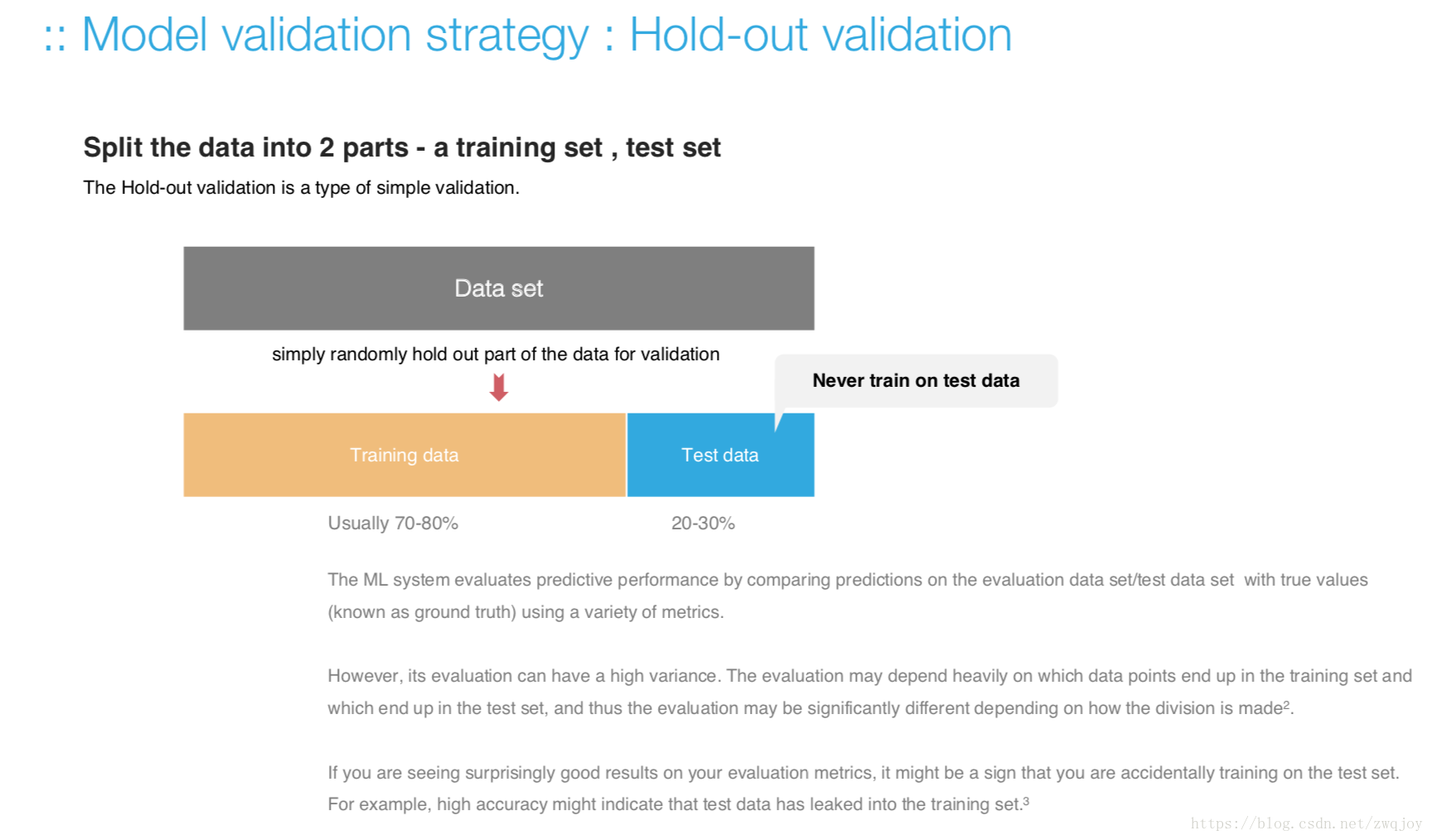
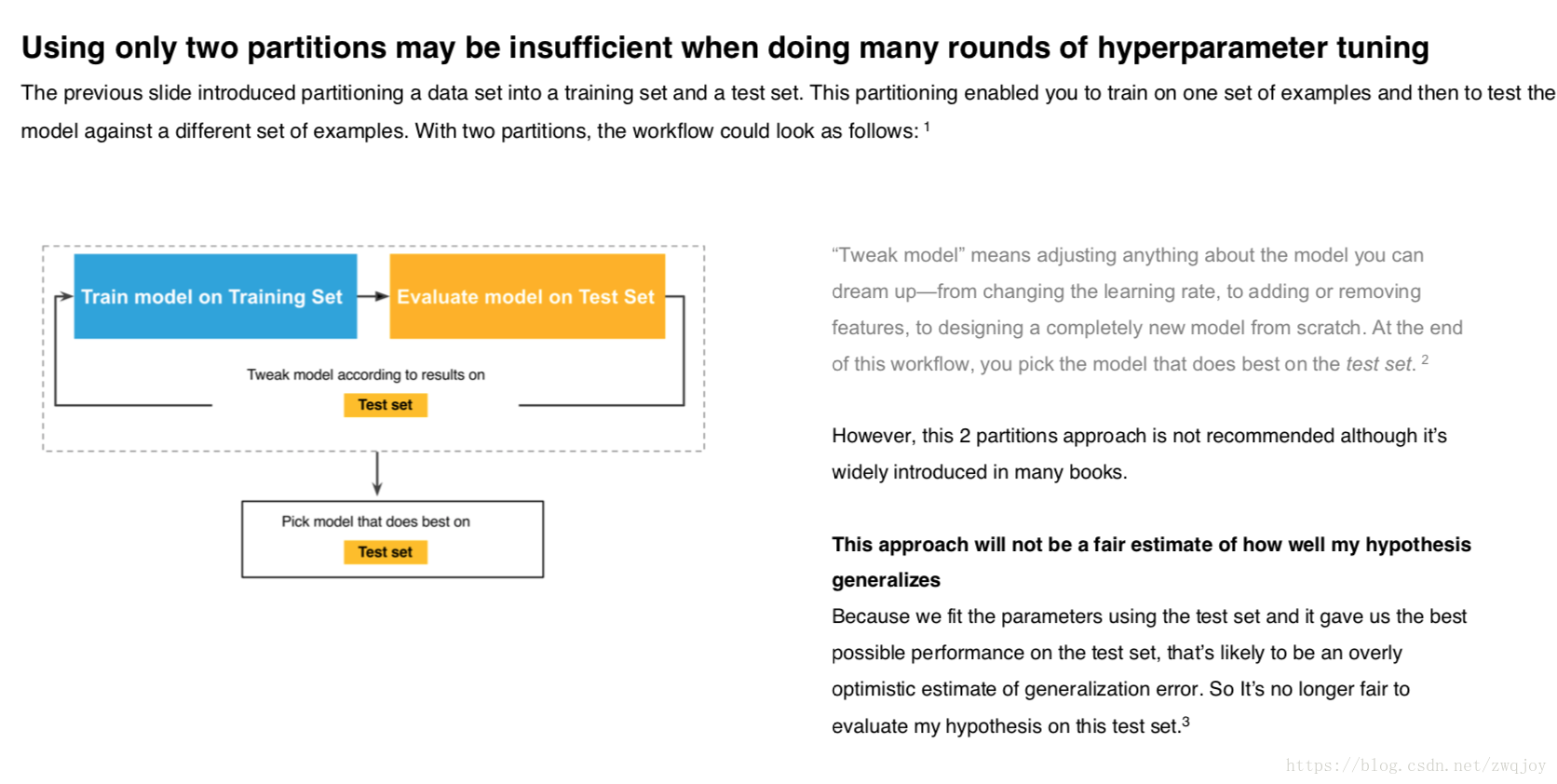
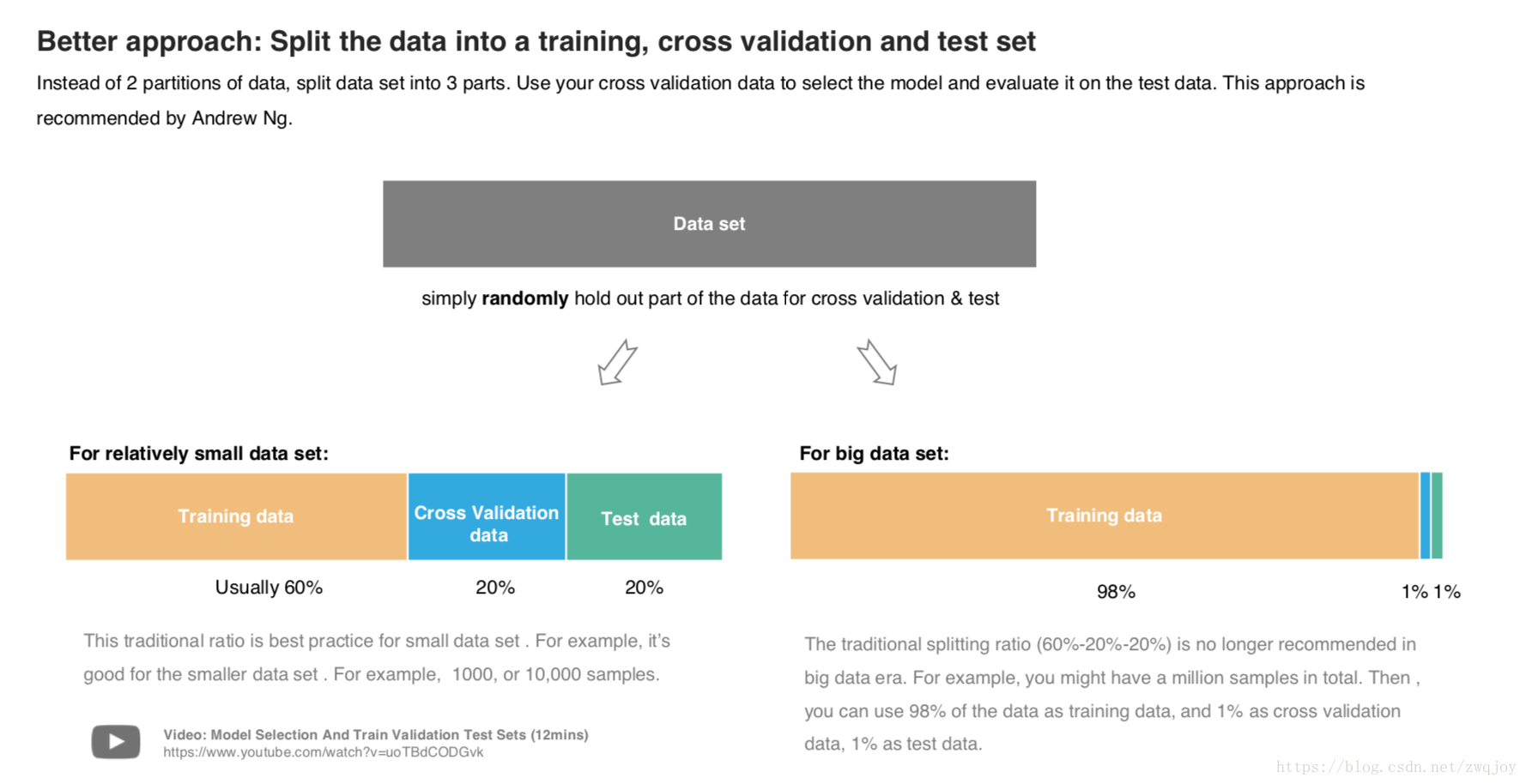
k-fold cross validation strategy
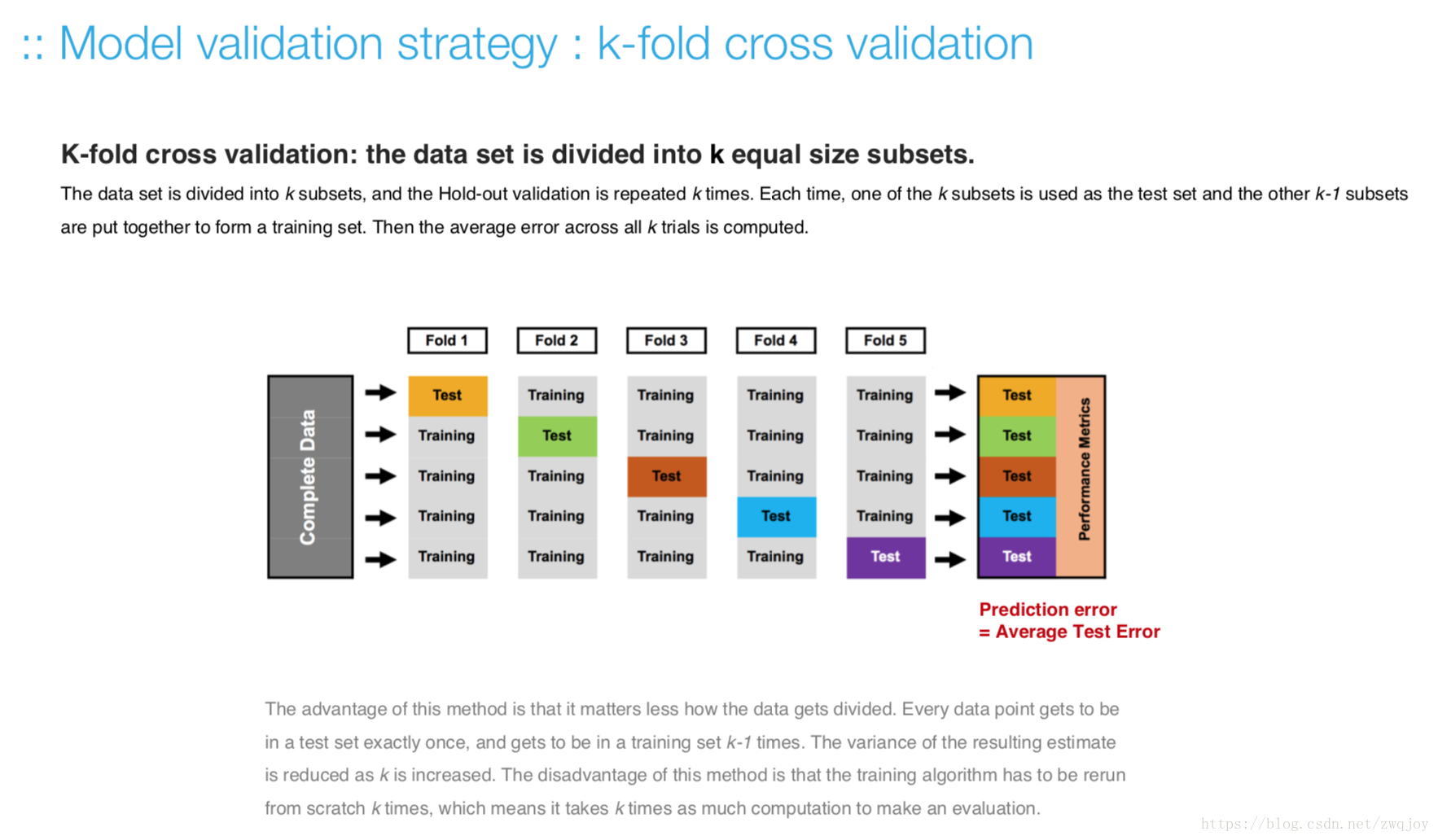
leave-one-out cross validation strategy
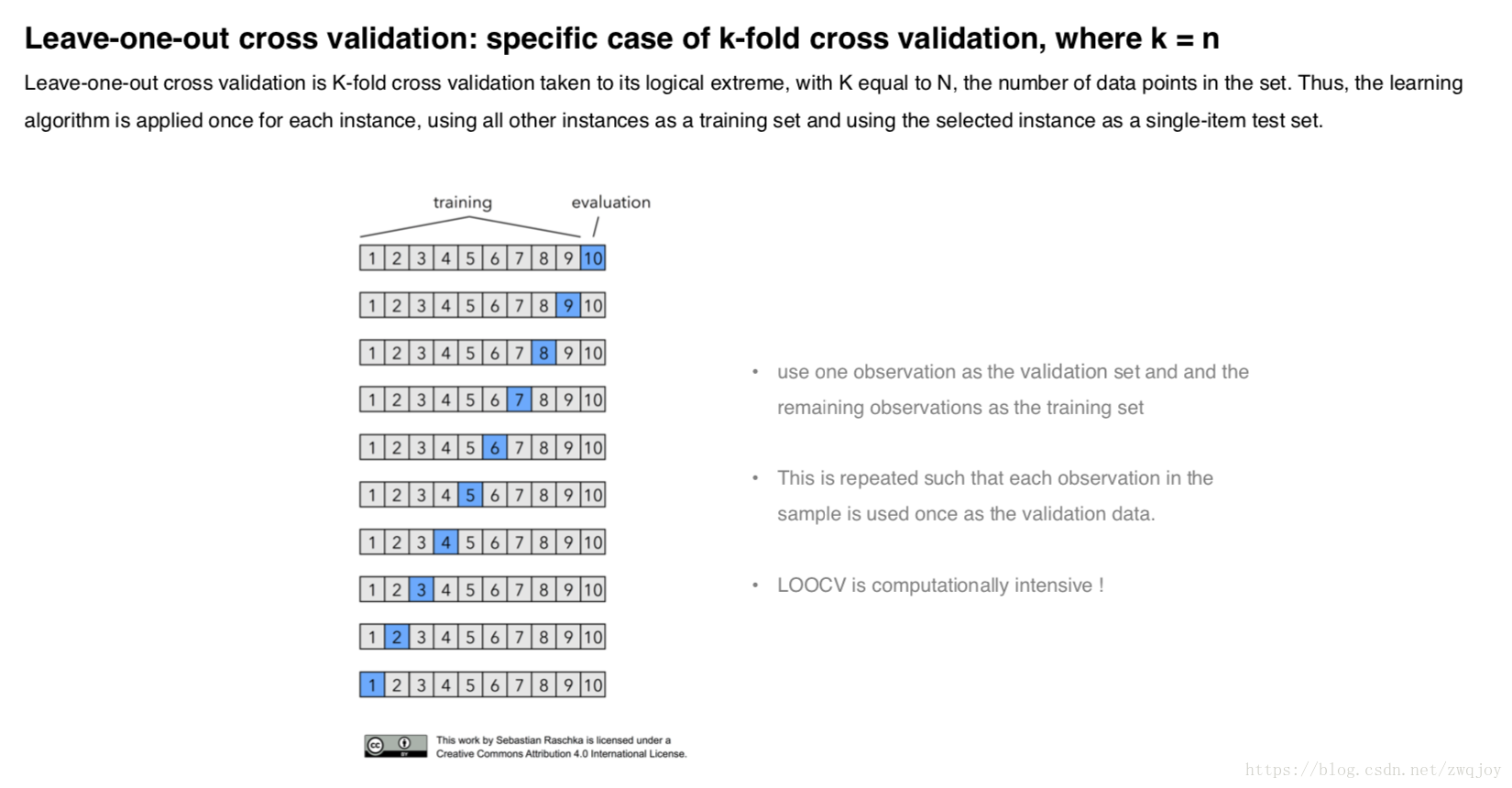
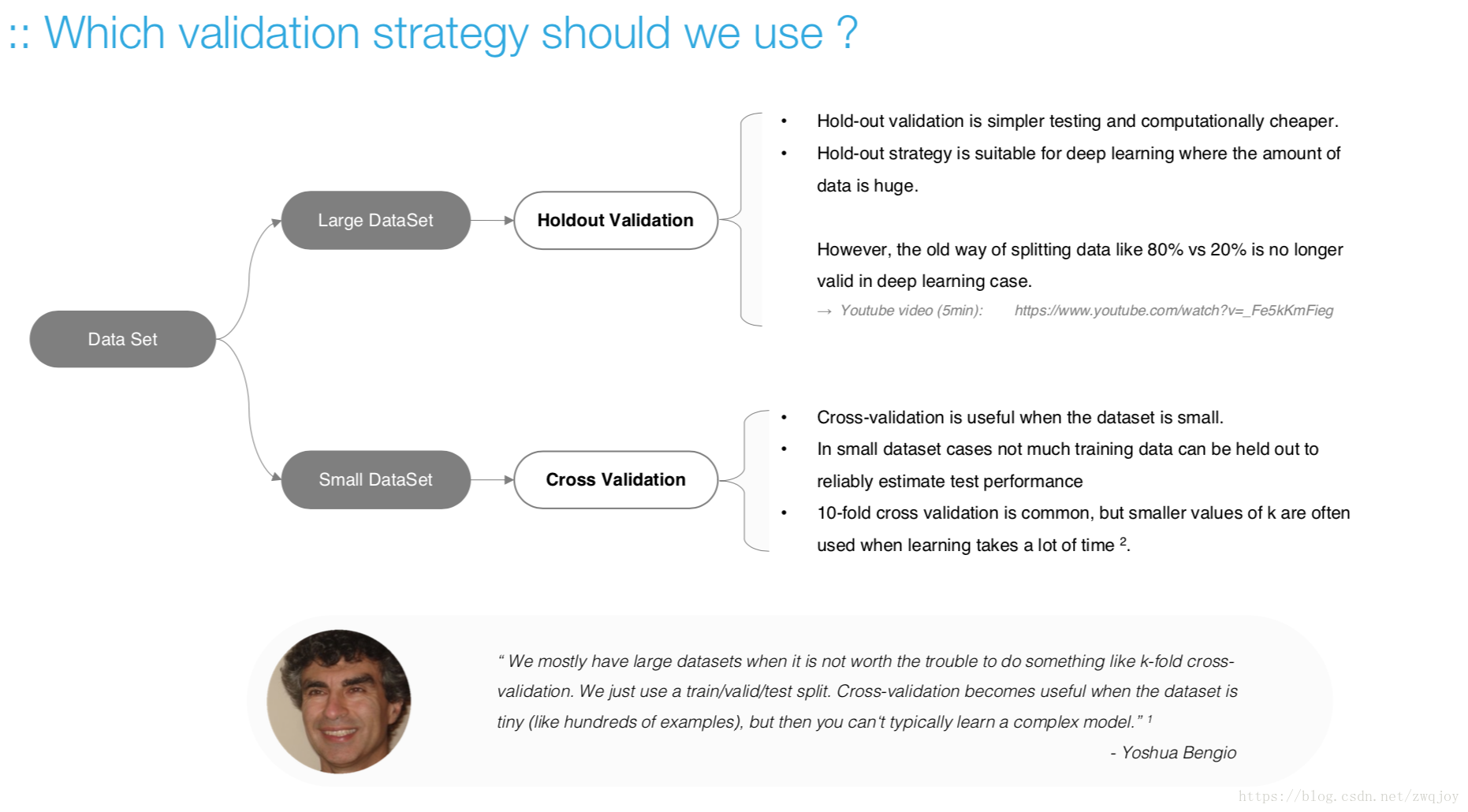
Because future instances have unknown target values, you need to check the accuracy metric of the ML model on data for which you already know the target answer, and use this assessment as a proxy for predictive accuracy on future data 1.
Evaluate your trained model by using validation/test dataset. You compare the results of your model's predictions to the target values in the evaluation data and use statistical techniques appropriate to your model to gauge your success.
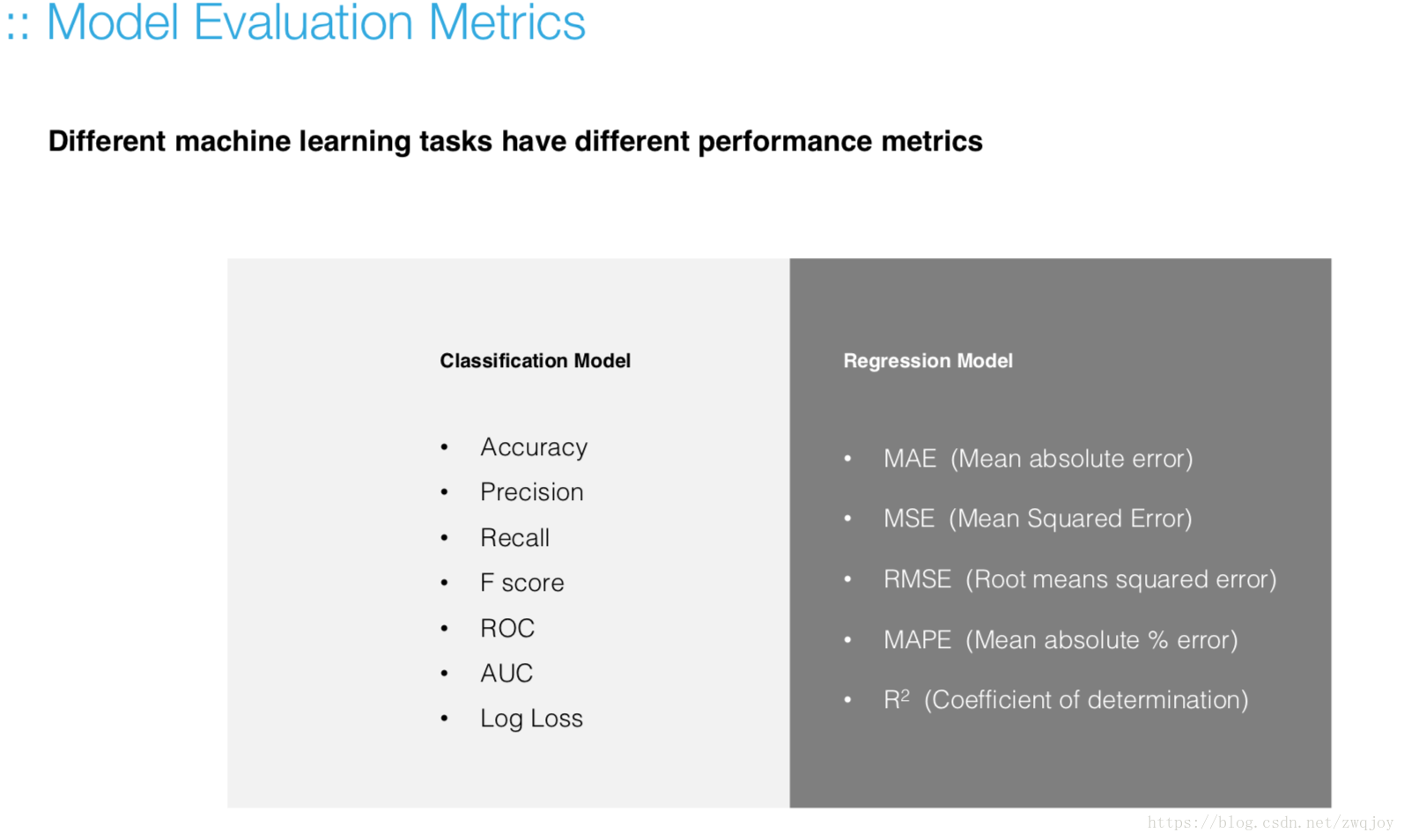
What’s the accuracy
Accuracy measures the ratio of correct predictions to the total number of cases evaluated

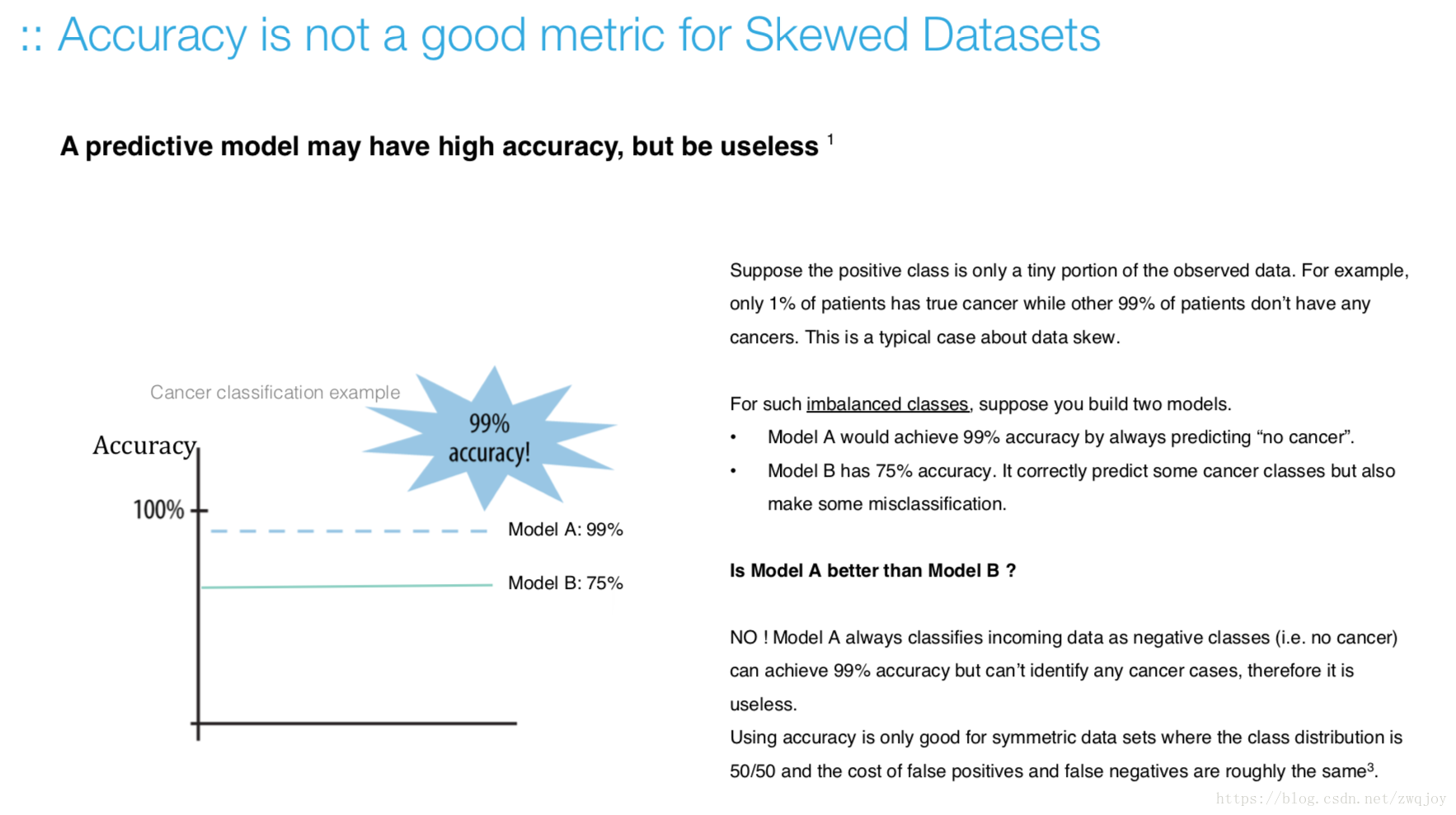
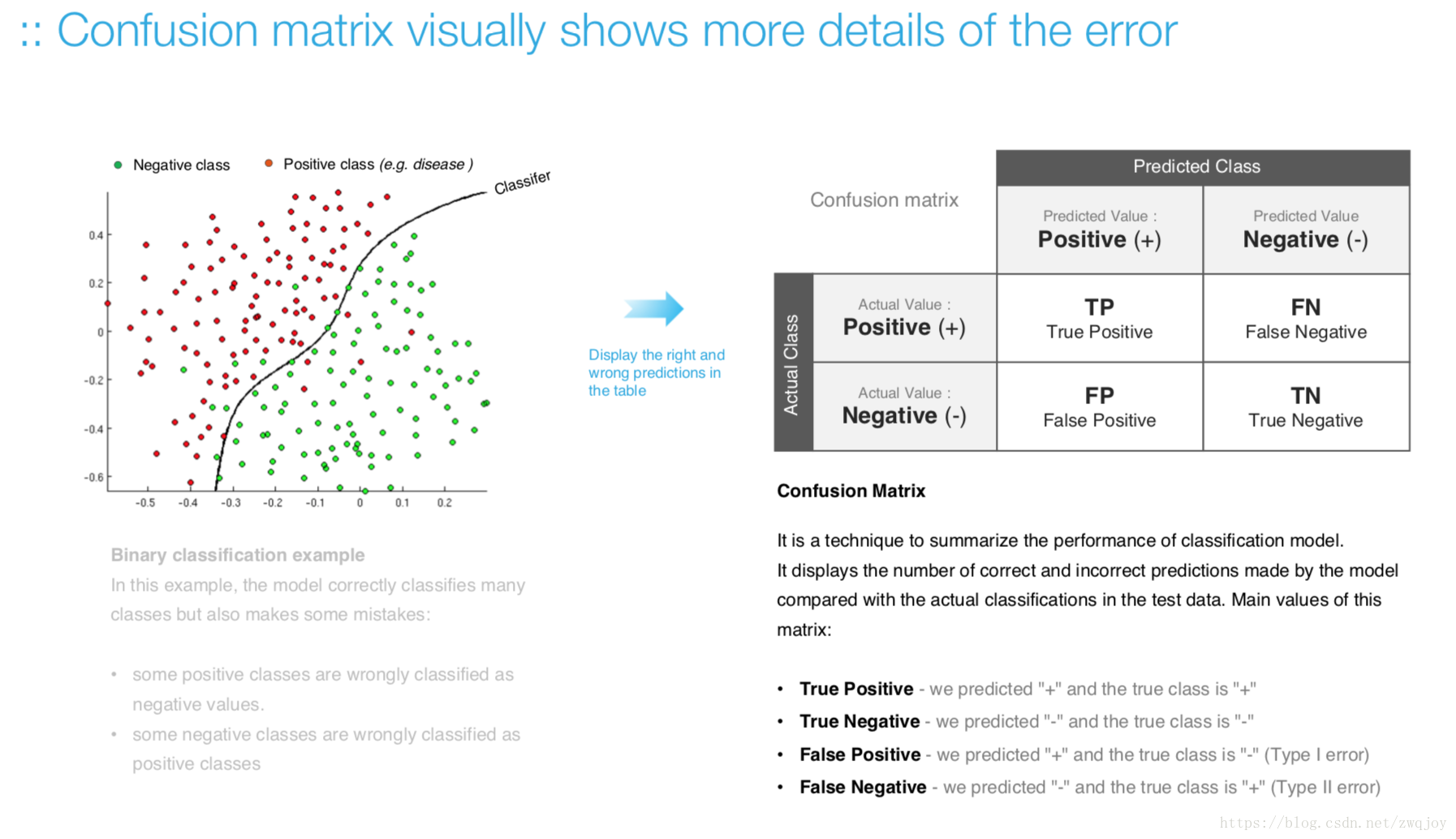
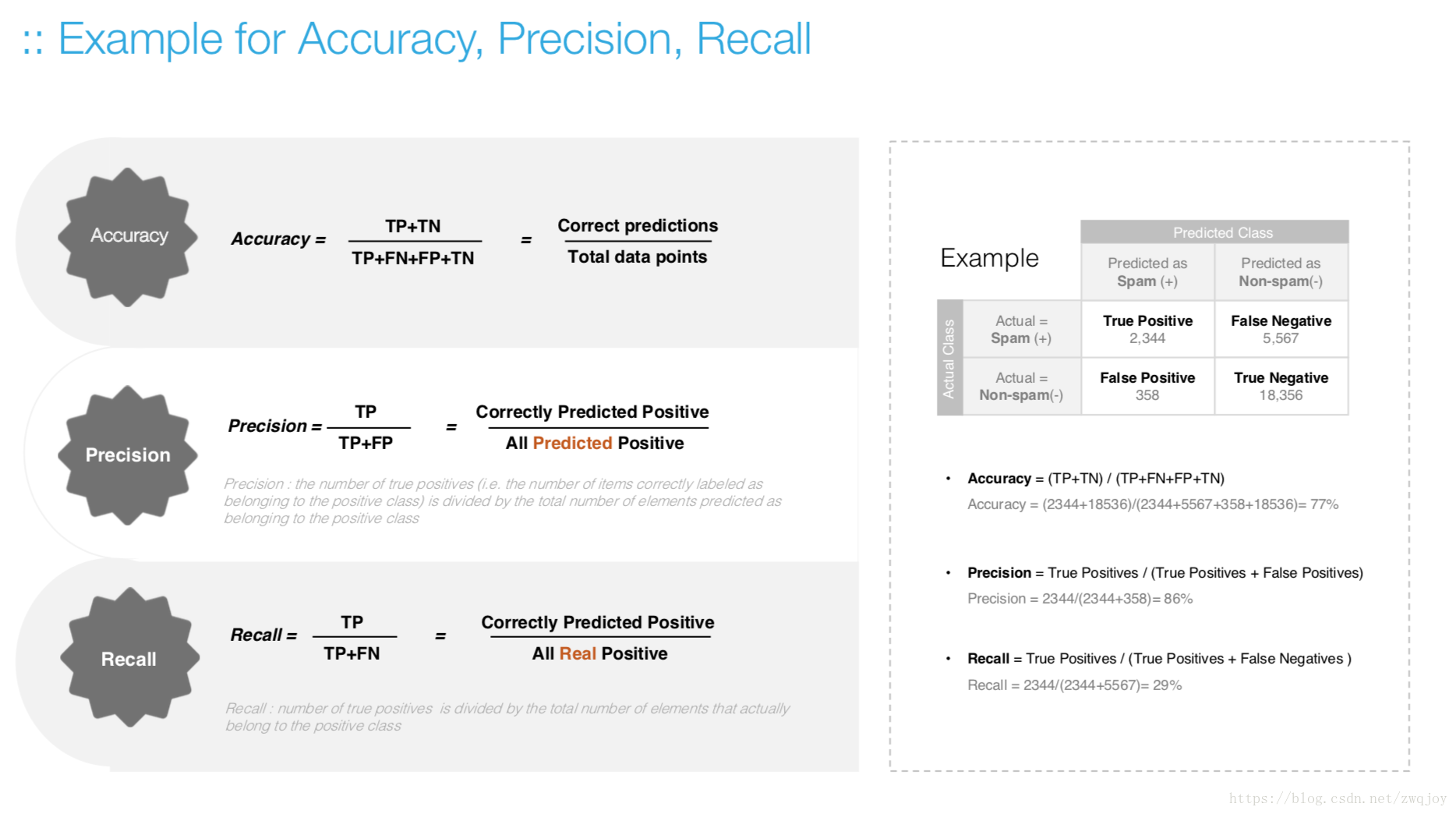
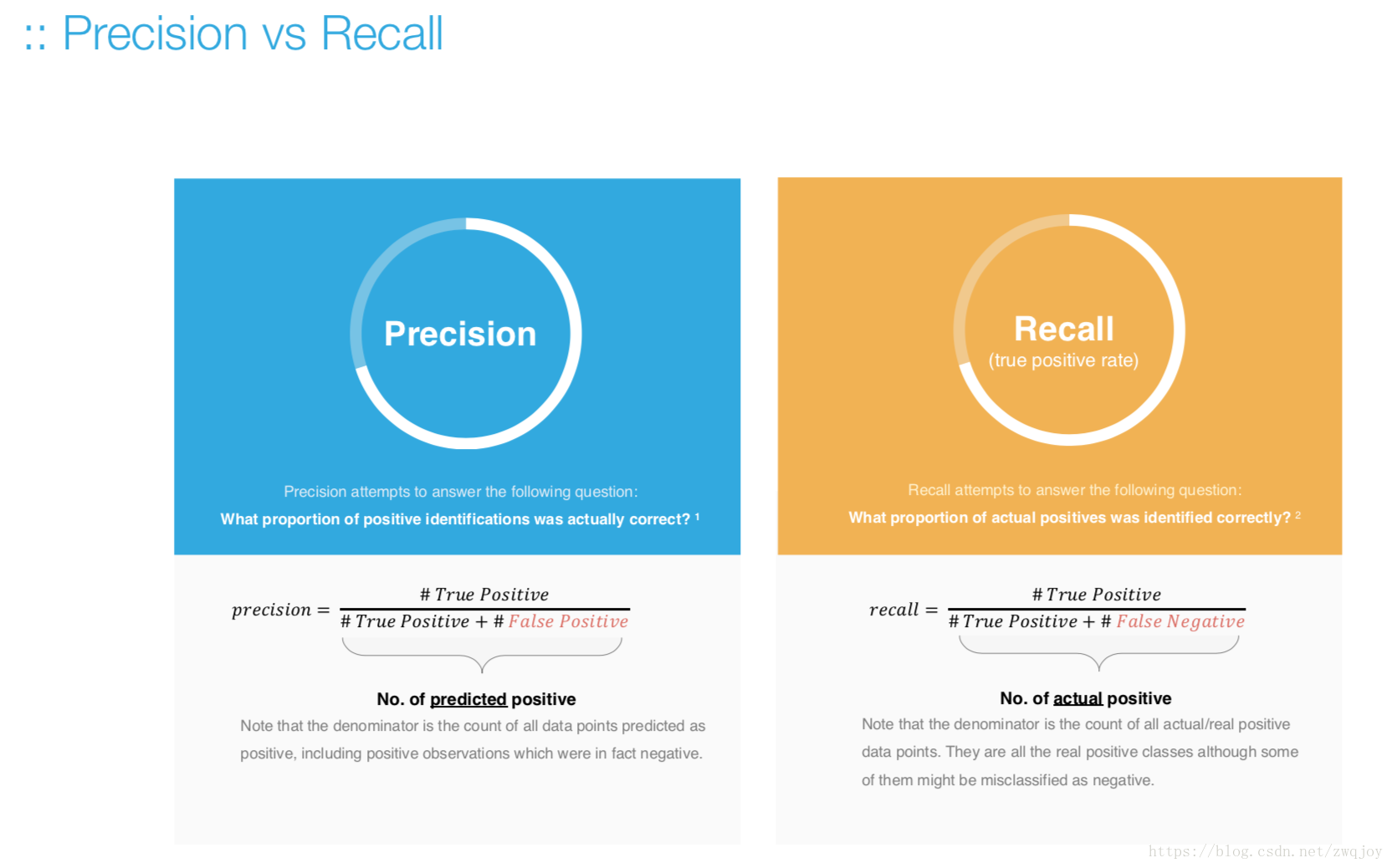
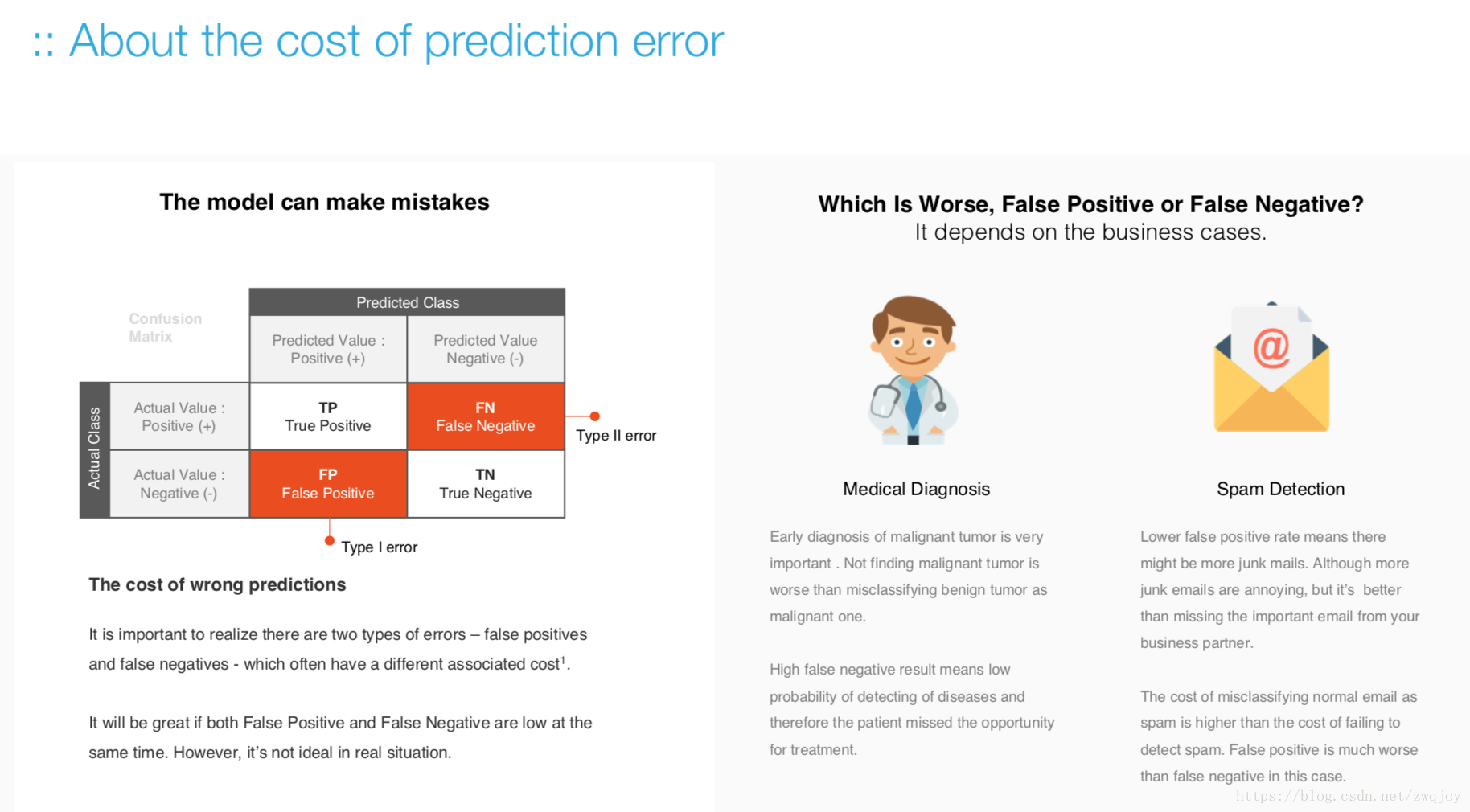
Increasing precision reduces recall, and vice versa. This is called the precision/recall tradeoff
- Within any one model, you can decide to emphasize either precision or recall.
- You can influence precision and recall by changing the threshold of the model.
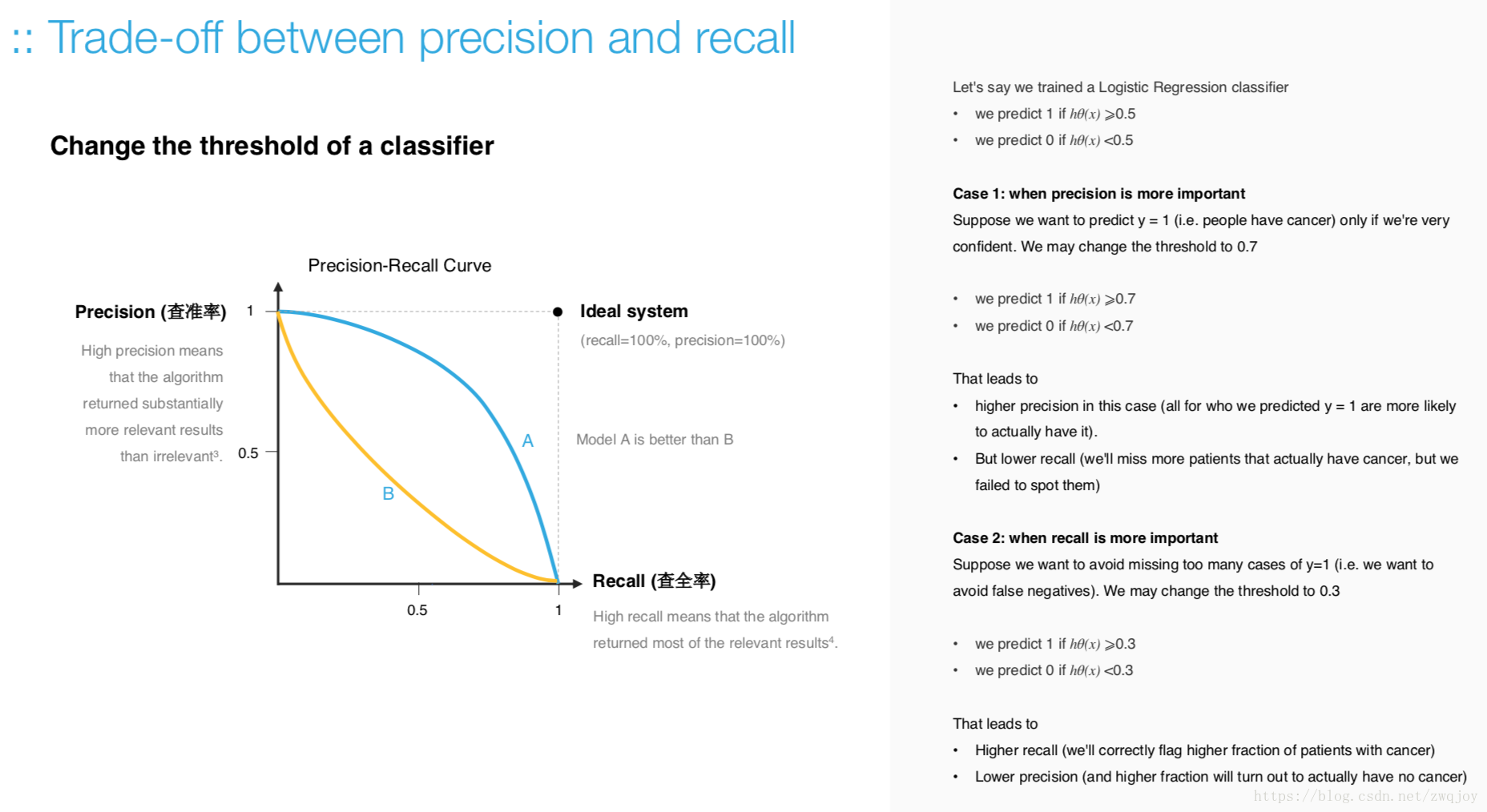
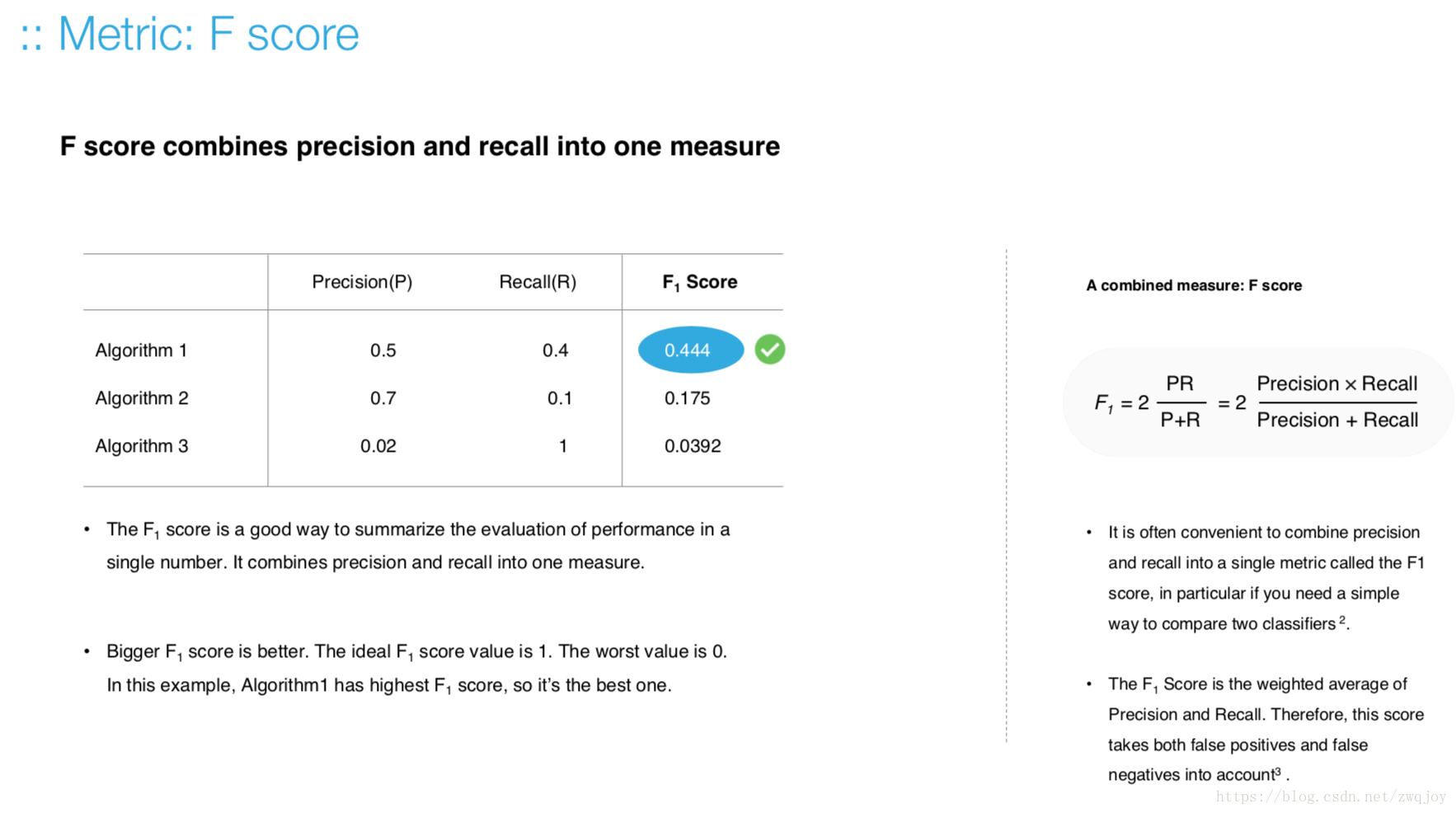
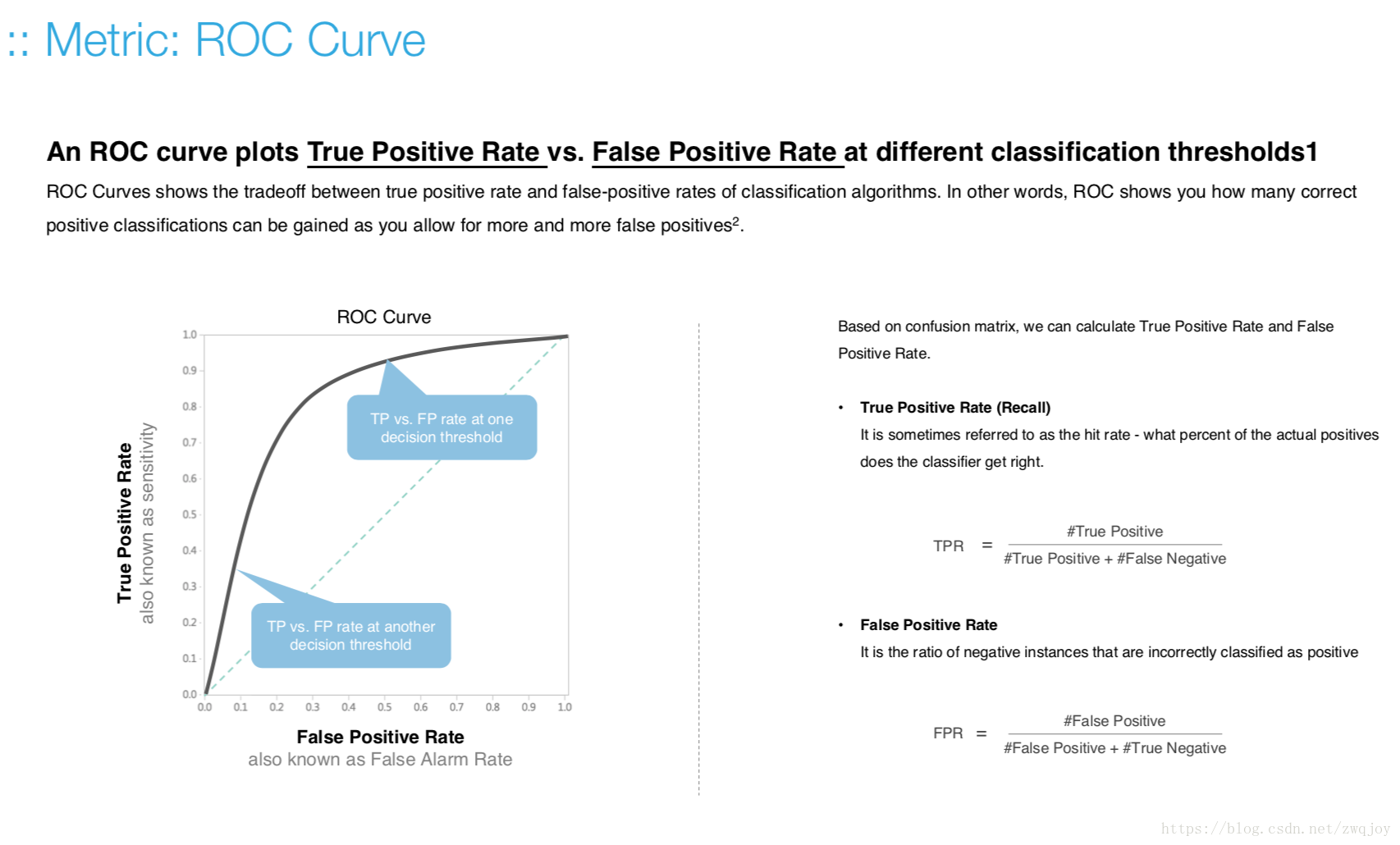
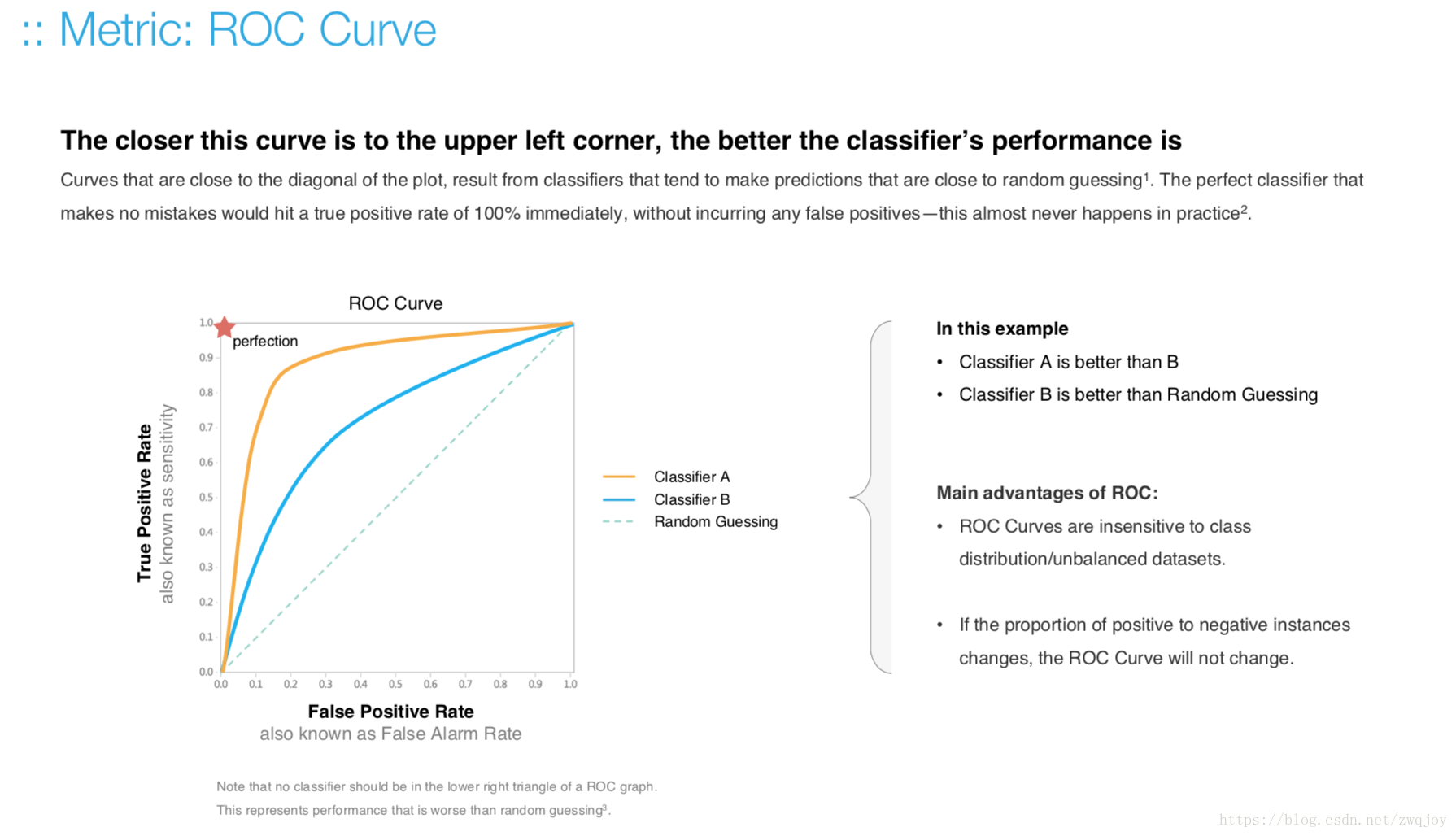
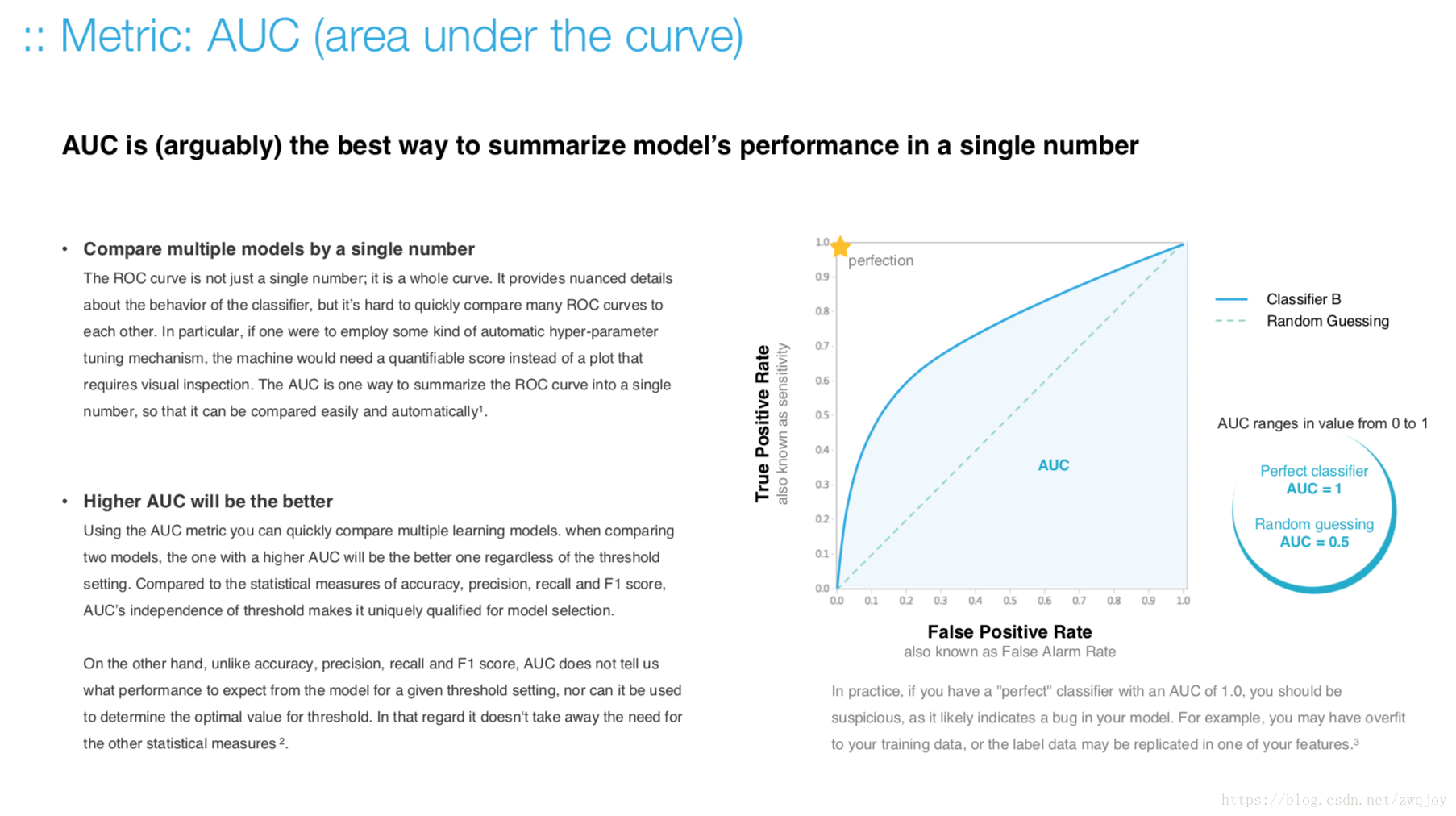
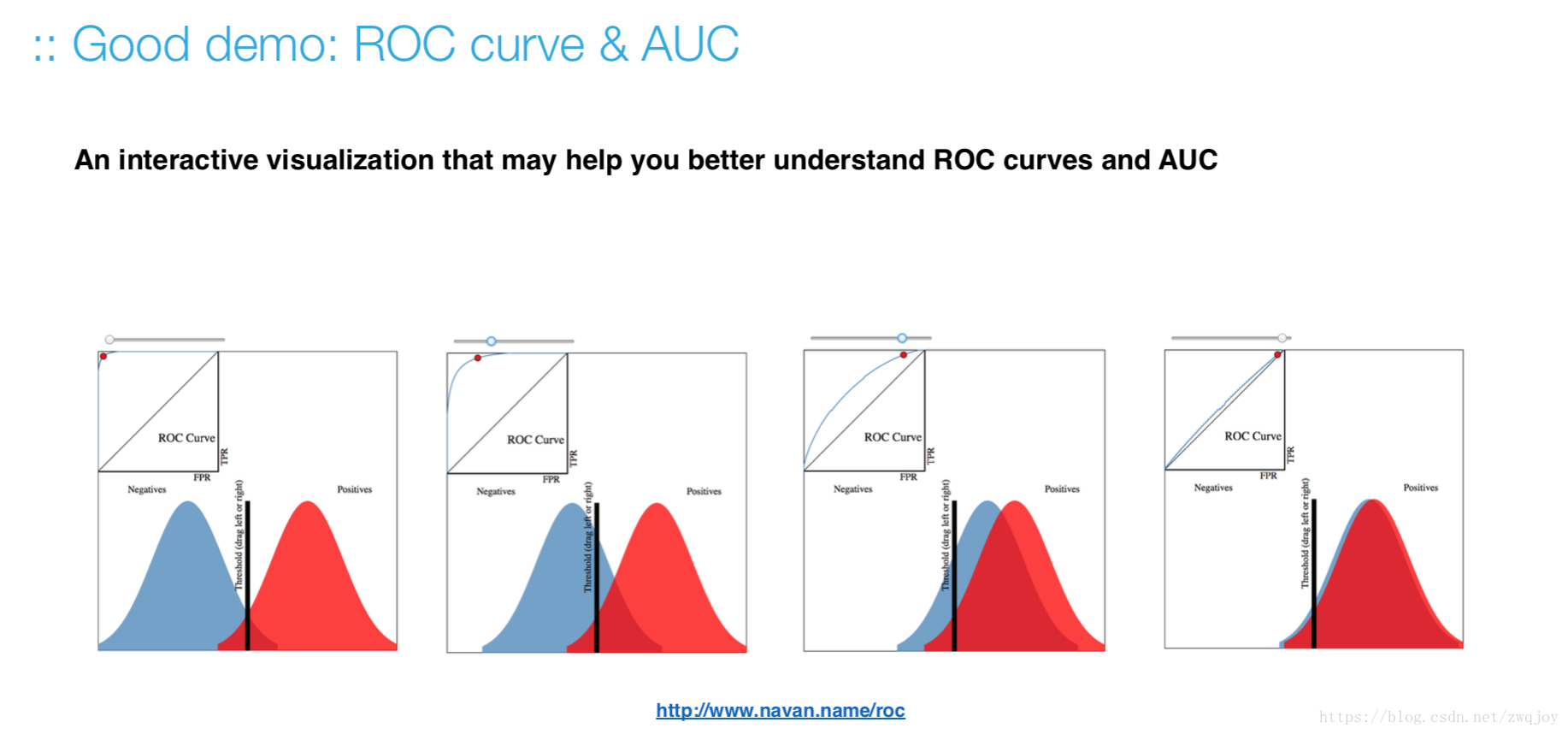
Metrics for evaluating regression model
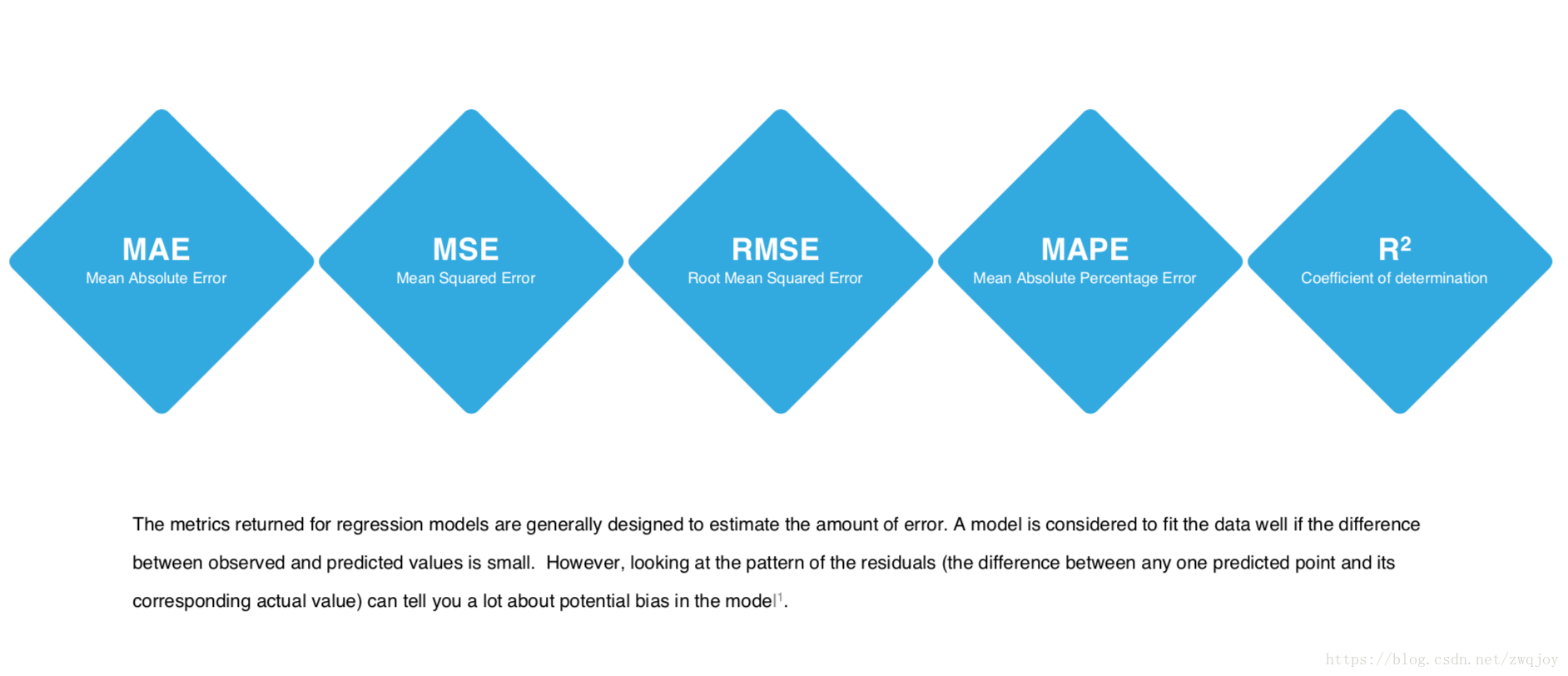
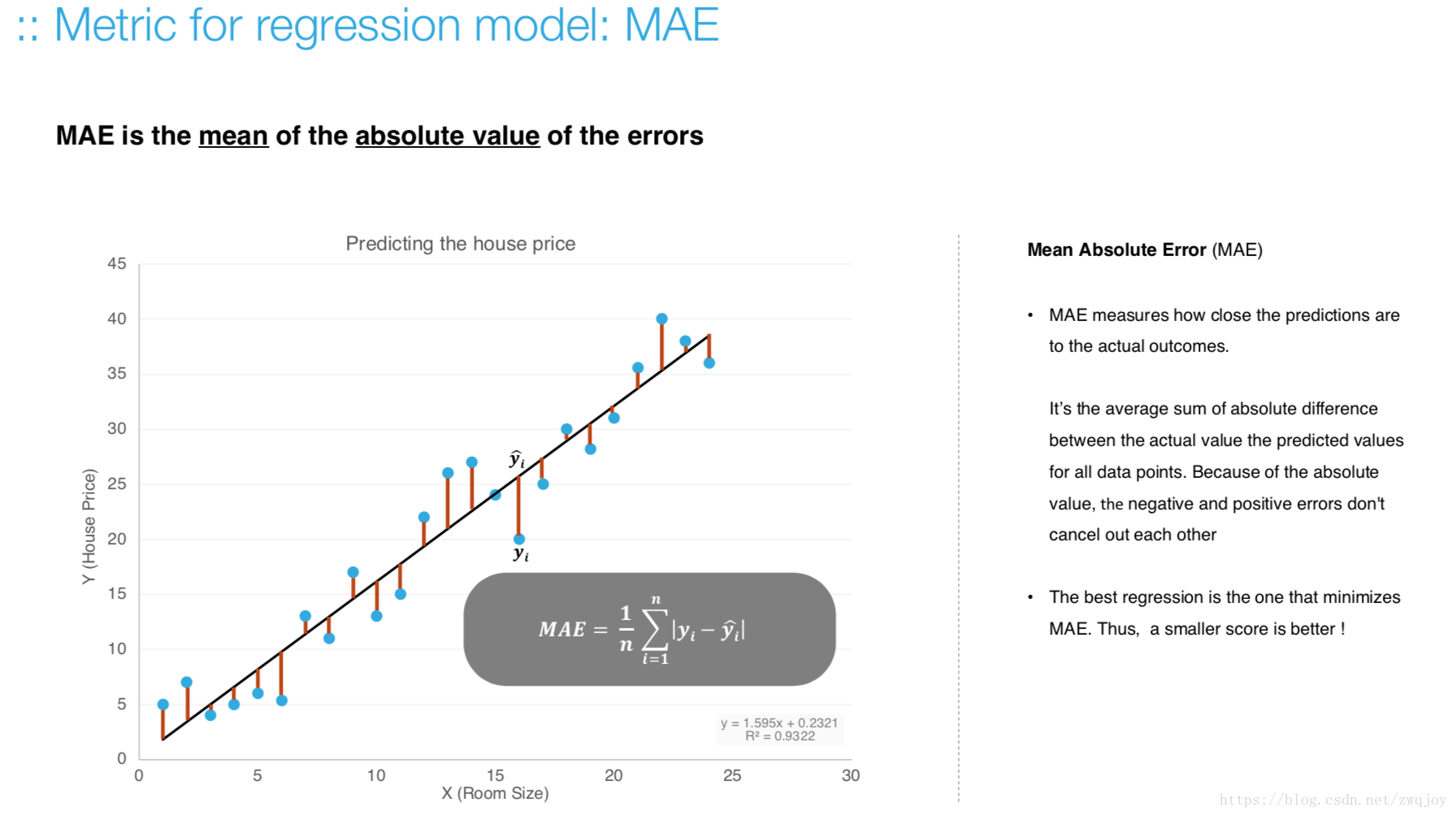


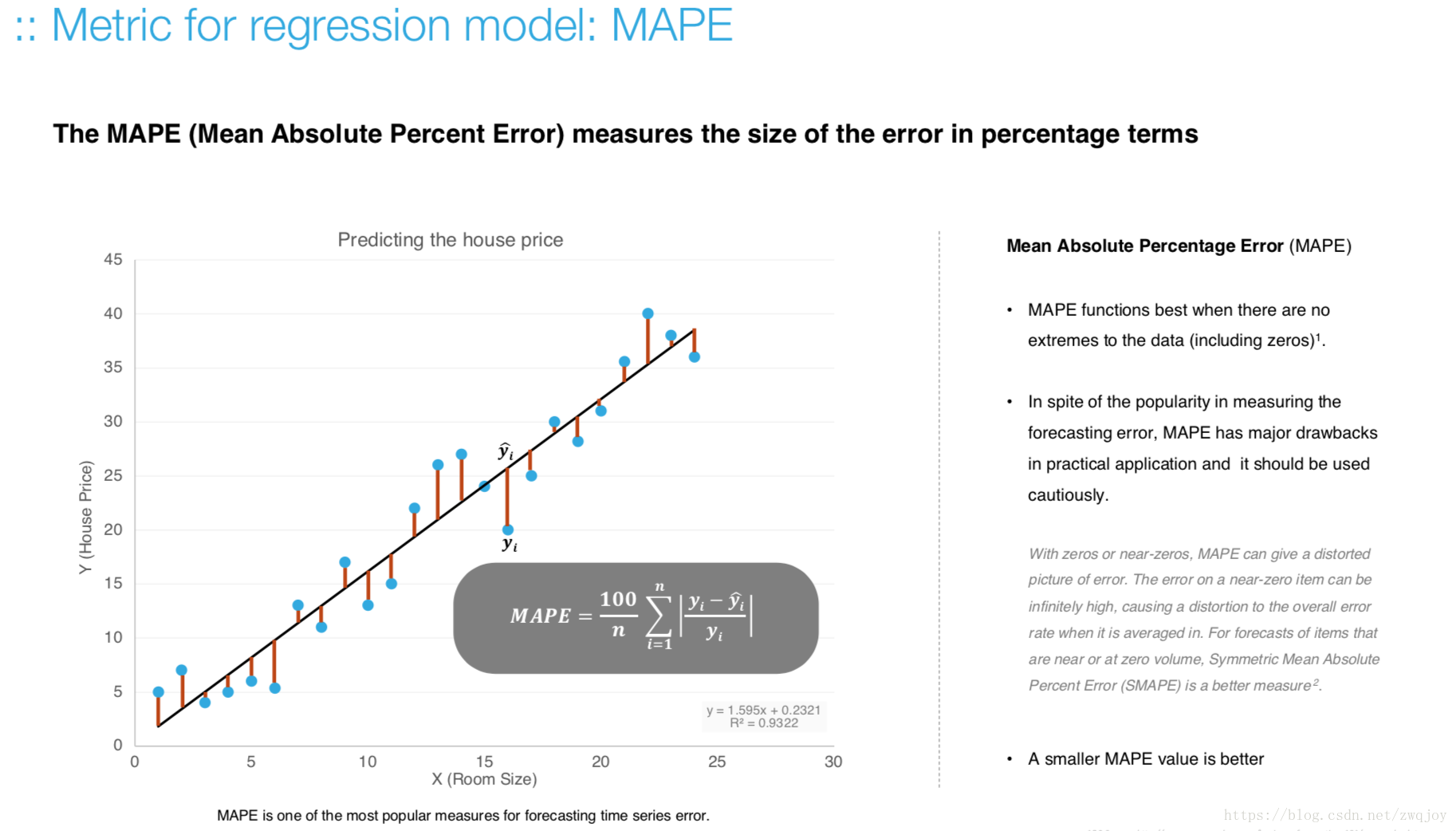

Summary: Testing and Error Metrics
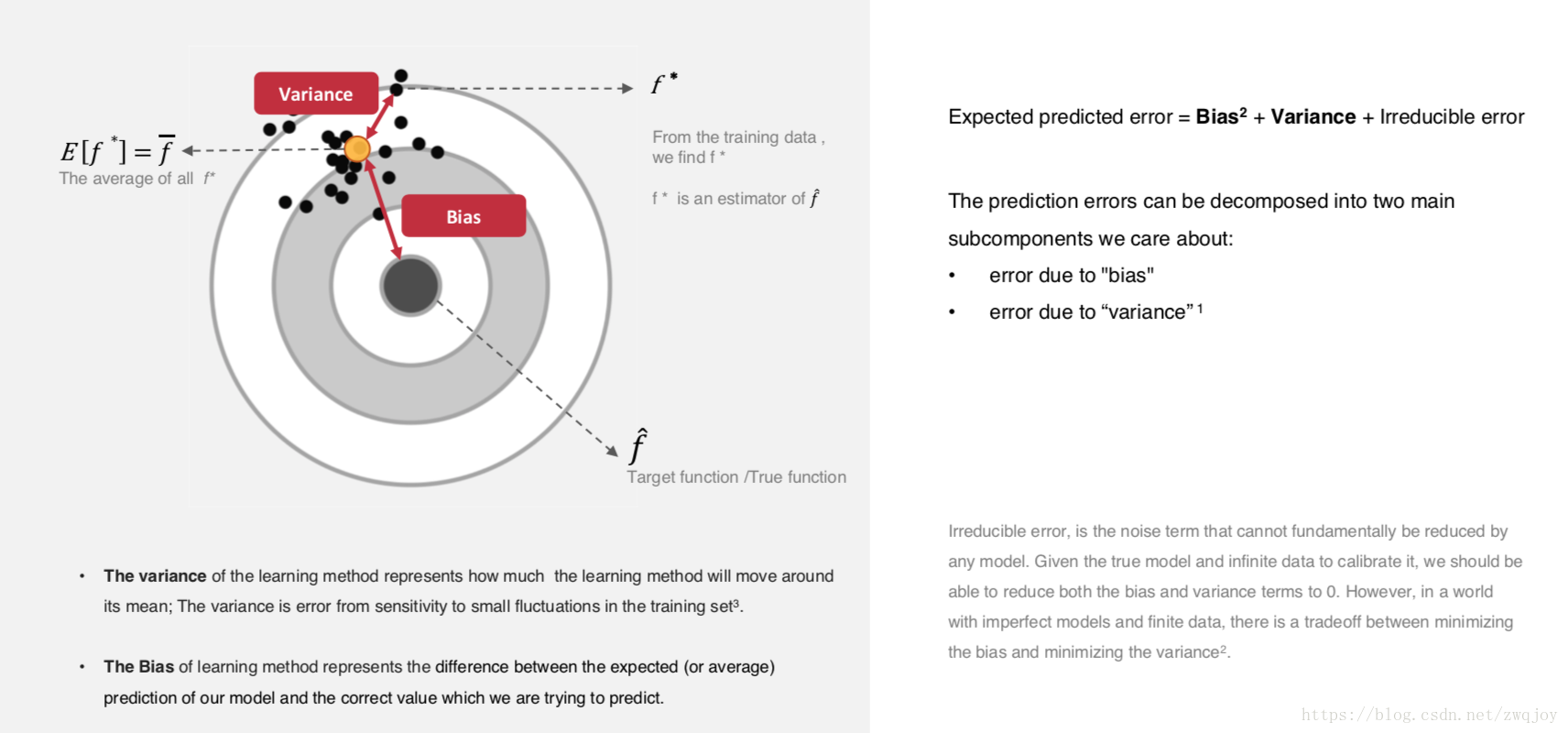
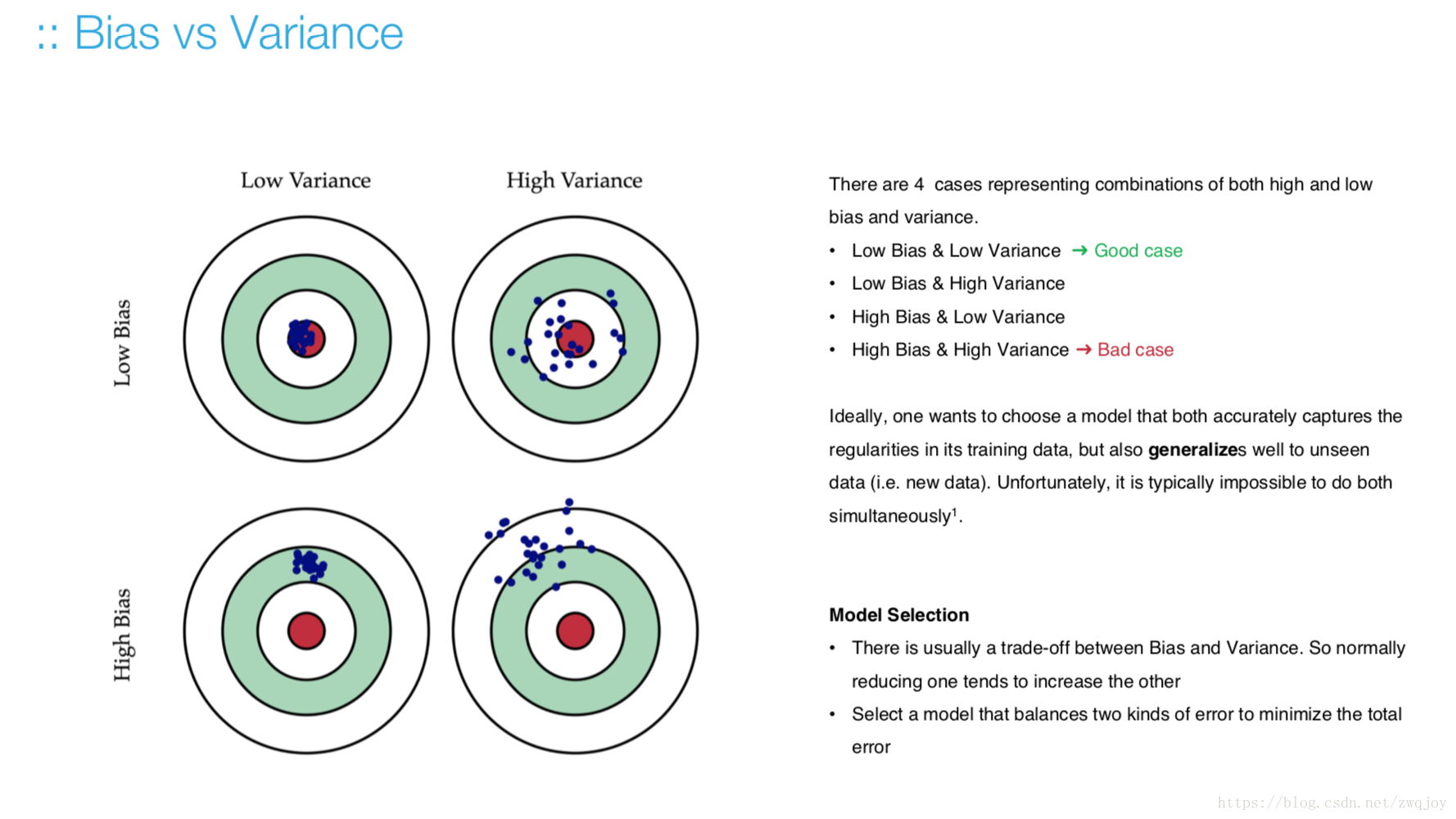
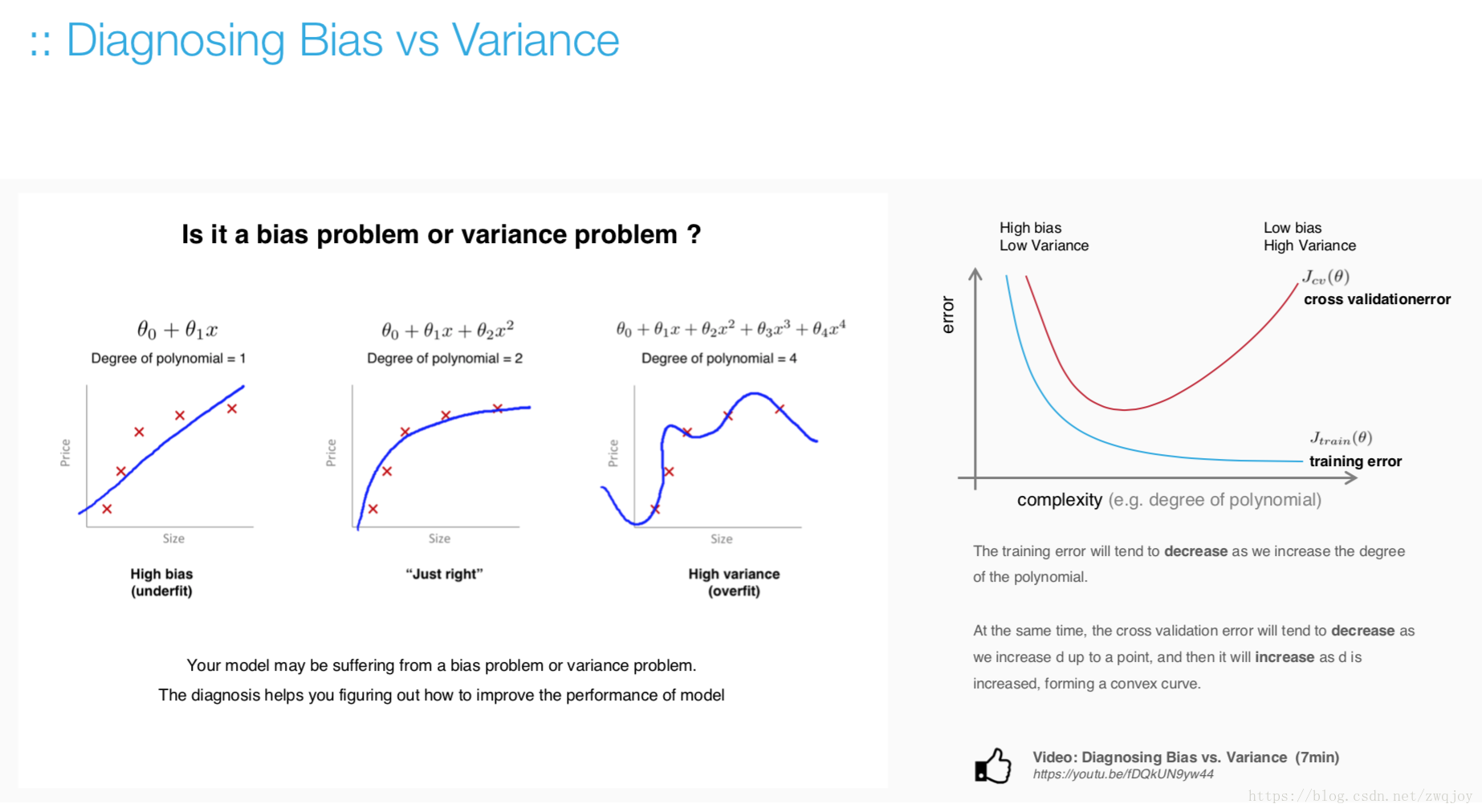
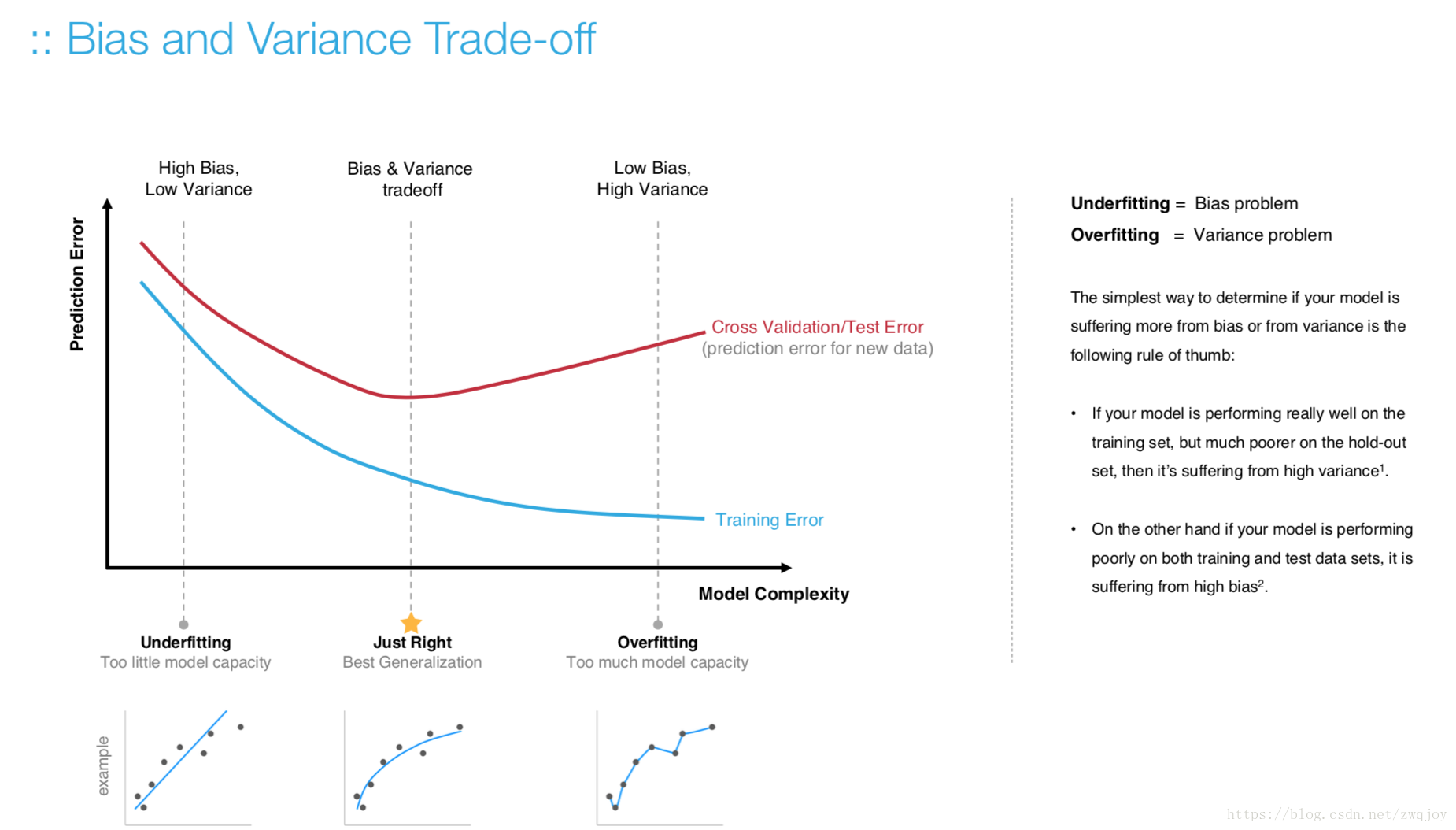
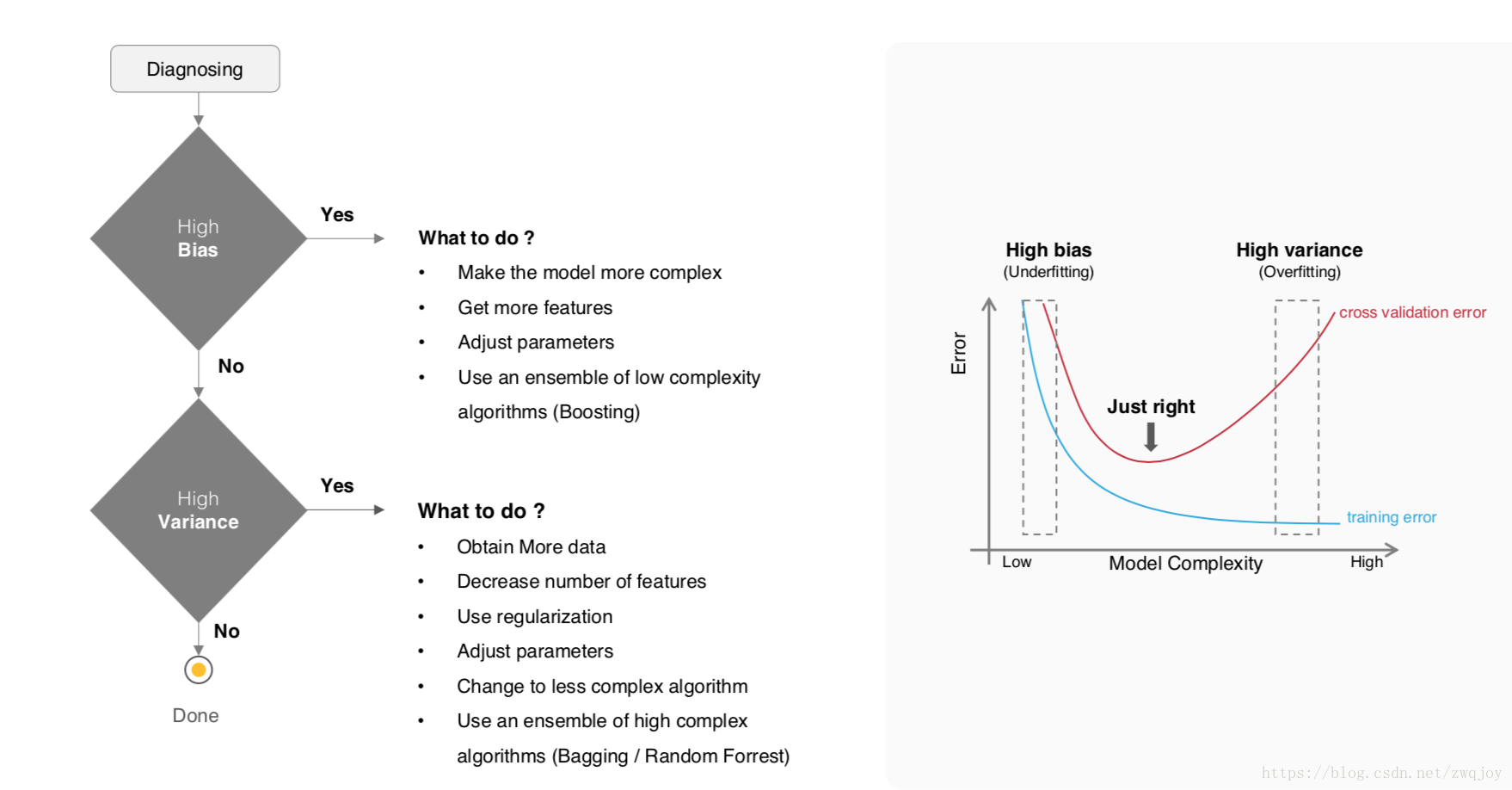
Tuning the Hyperparameter
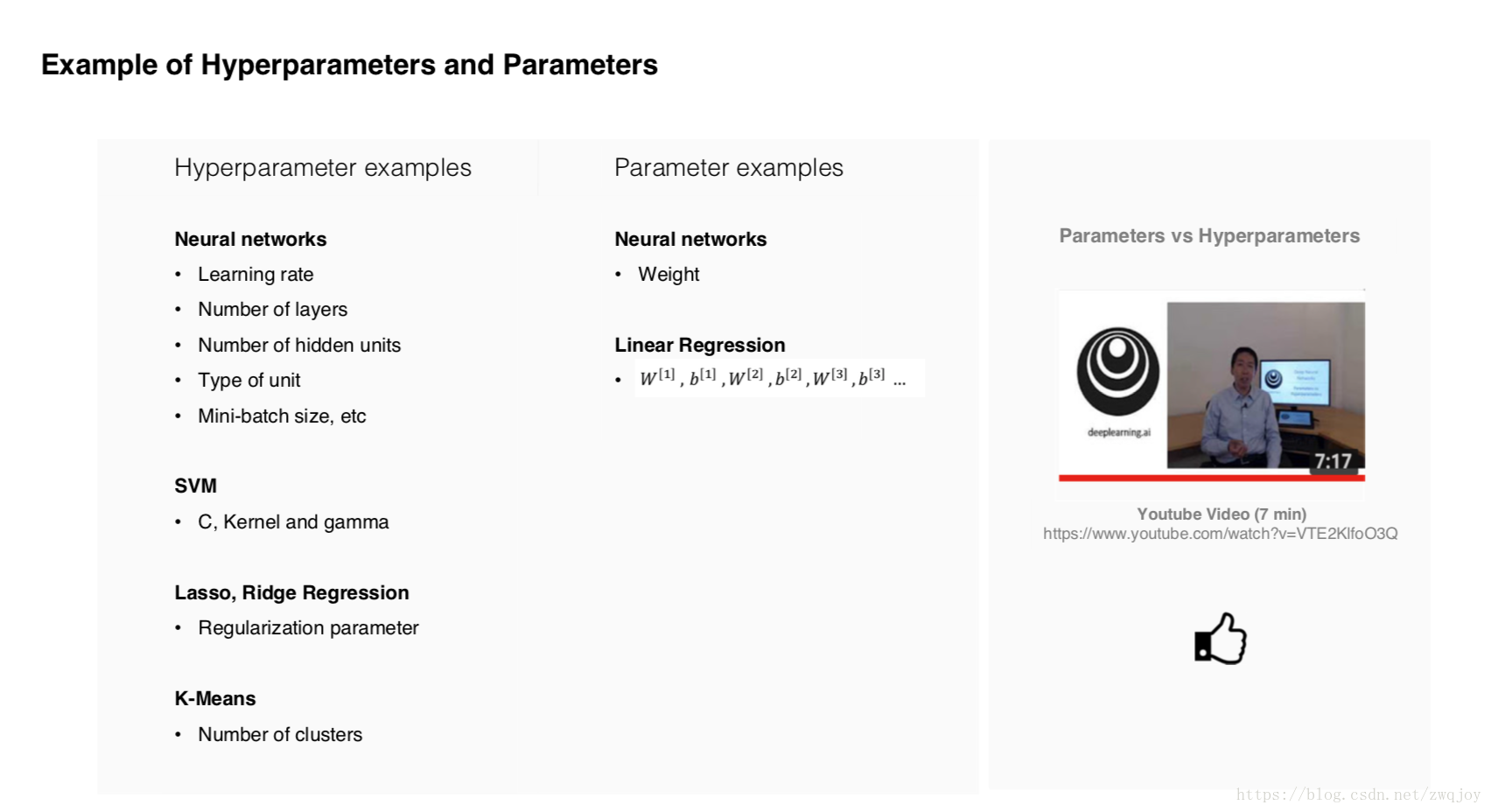
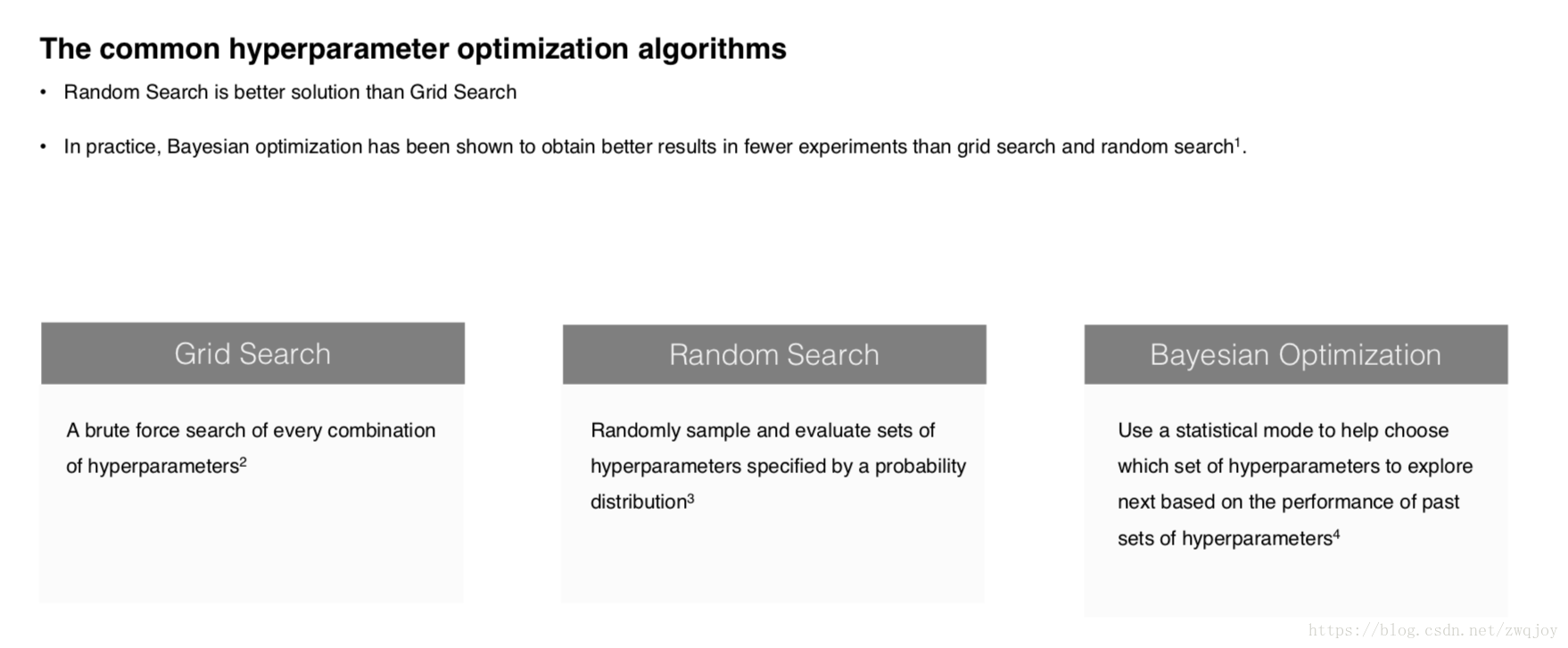
Model Deployment
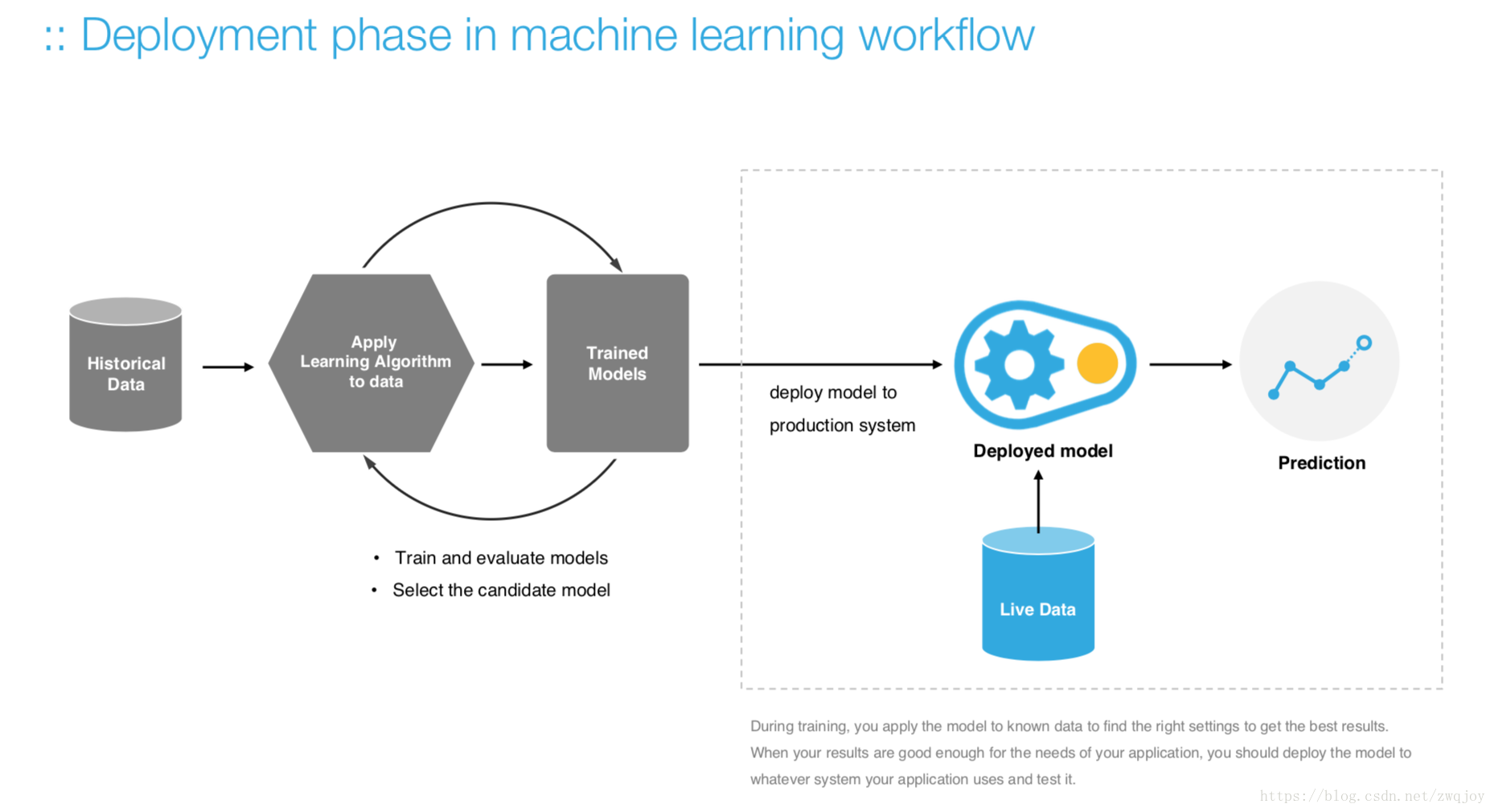
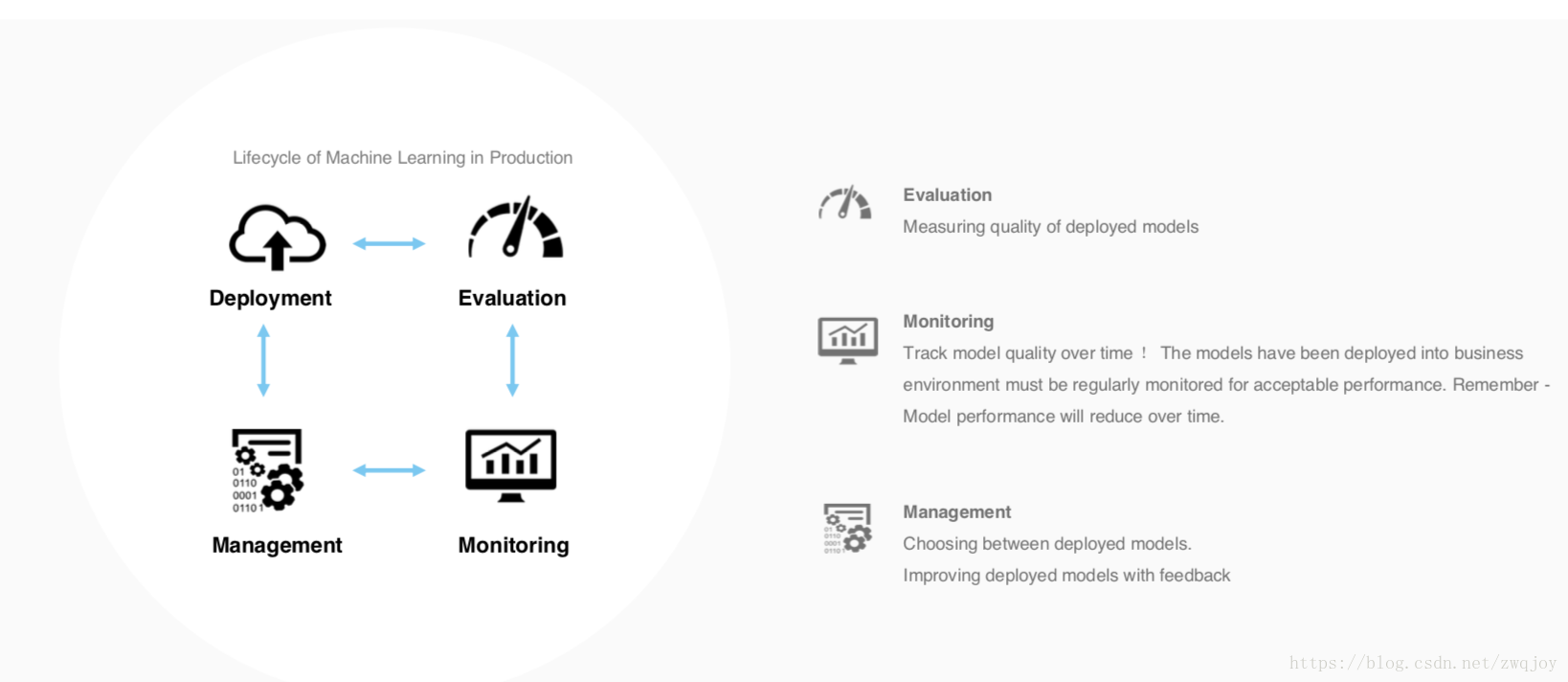
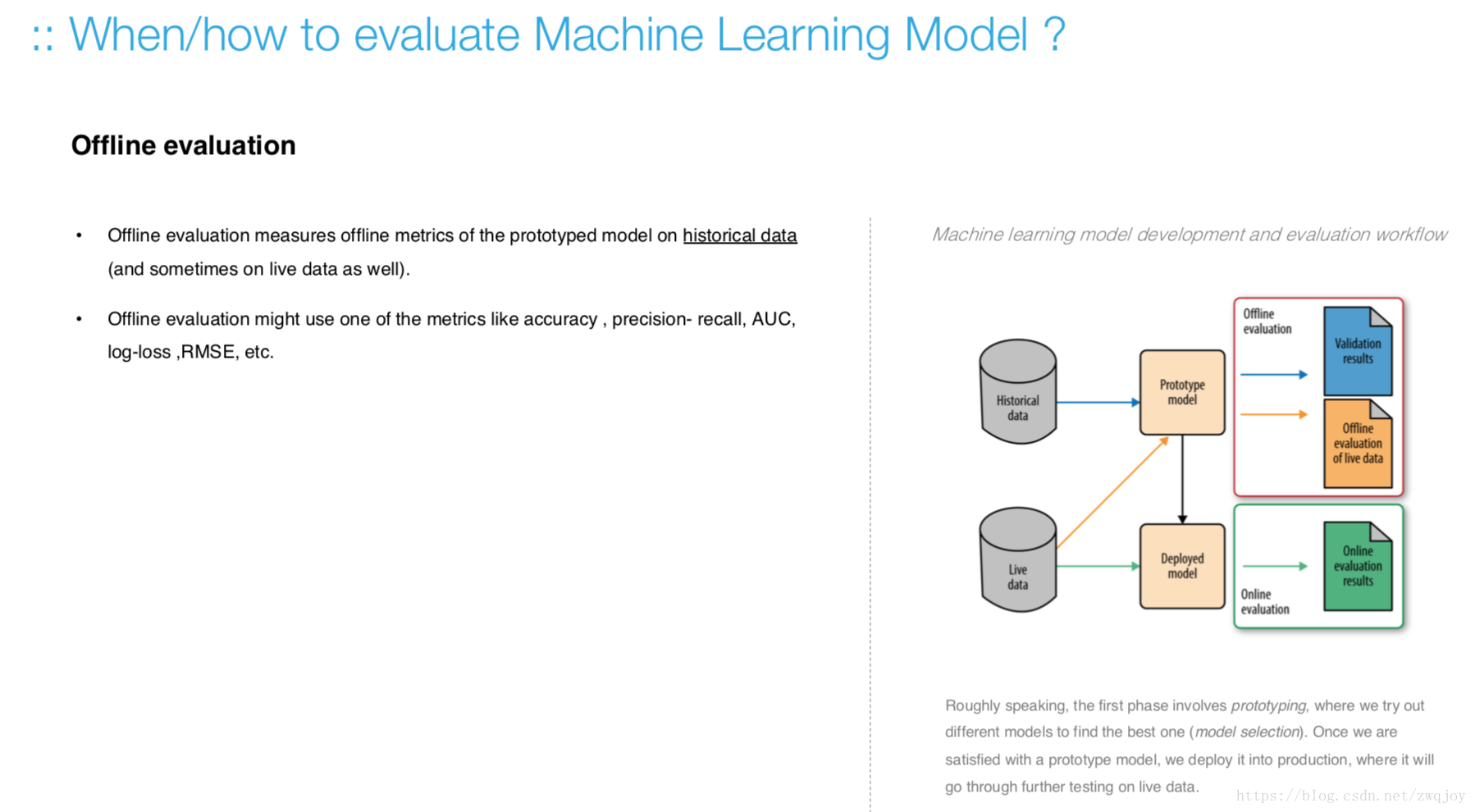
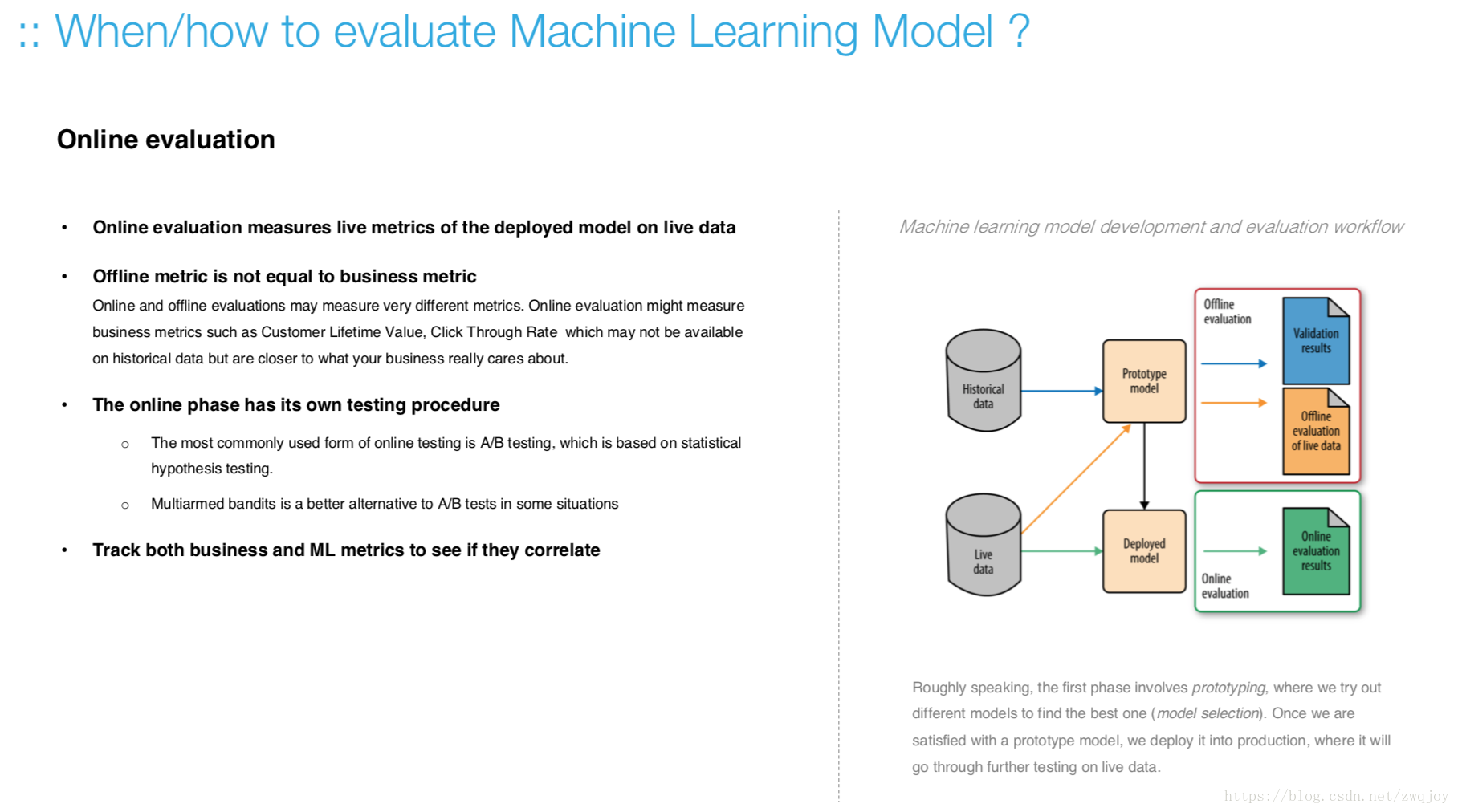
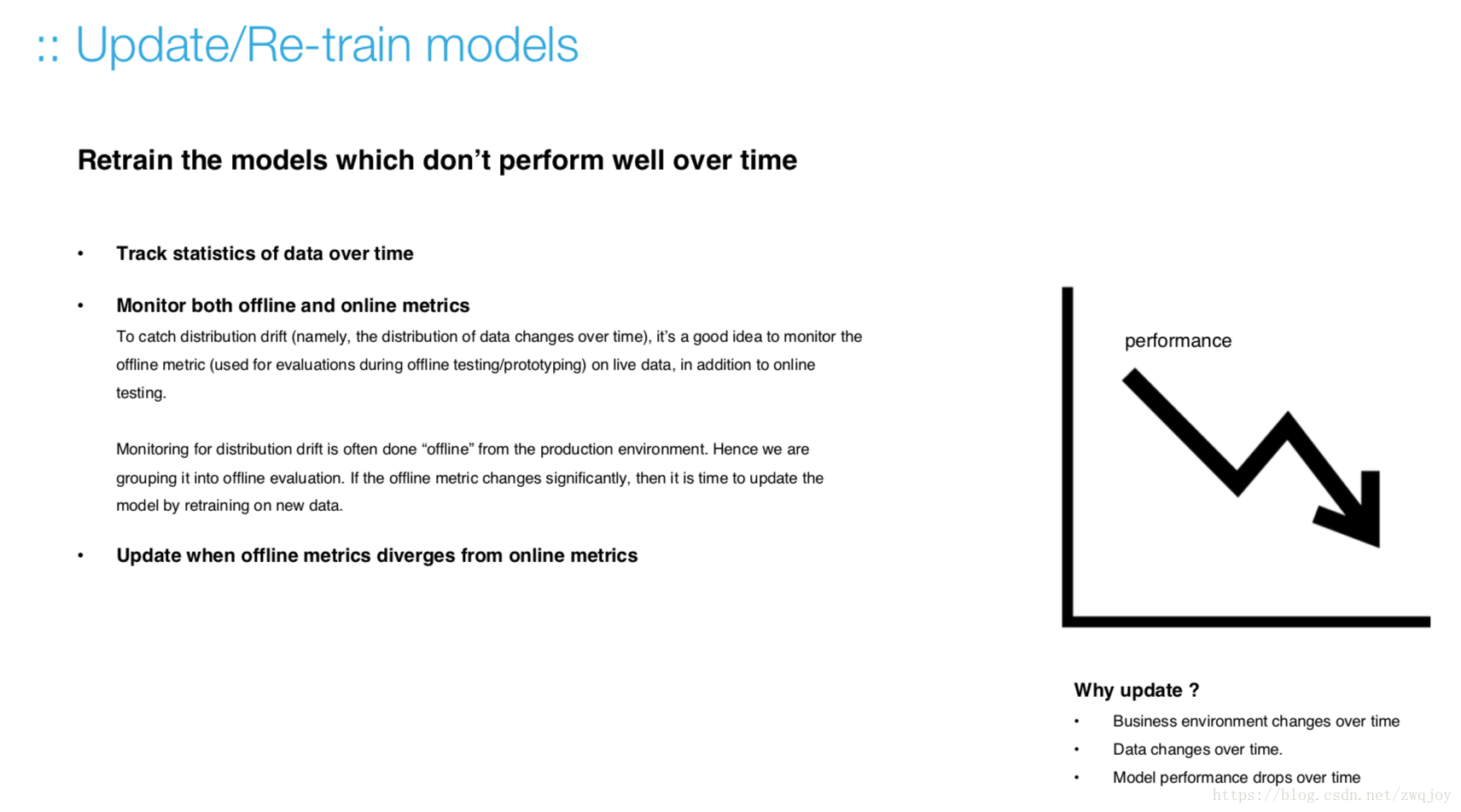
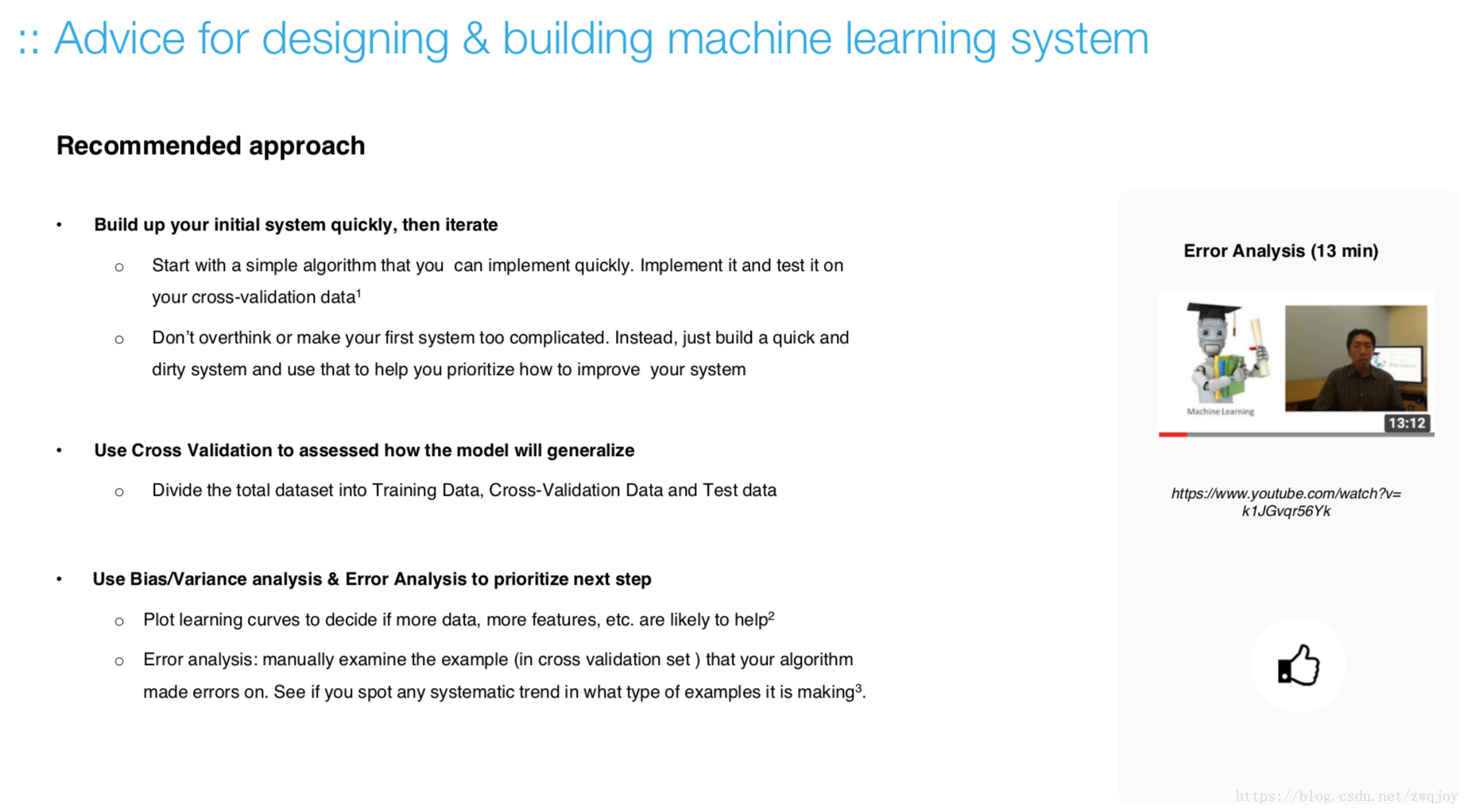







 本文介绍了机器学习的基本概念及其与传统方法的区别,详细阐述了从商业问题到机器学习问题的转换过程,并提供了创建机器学习模型的步骤。此外,还讨论了数据预处理、特征选择、模型训练、验证及评估的方法。
本文介绍了机器学习的基本概念及其与传统方法的区别,详细阐述了从商业问题到机器学习问题的转换过程,并提供了创建机器学习模型的步骤。此外,还讨论了数据预处理、特征选择、模型训练、验证及评估的方法。
















 2006
2006

 被折叠的 条评论
为什么被折叠?
被折叠的 条评论
为什么被折叠?








